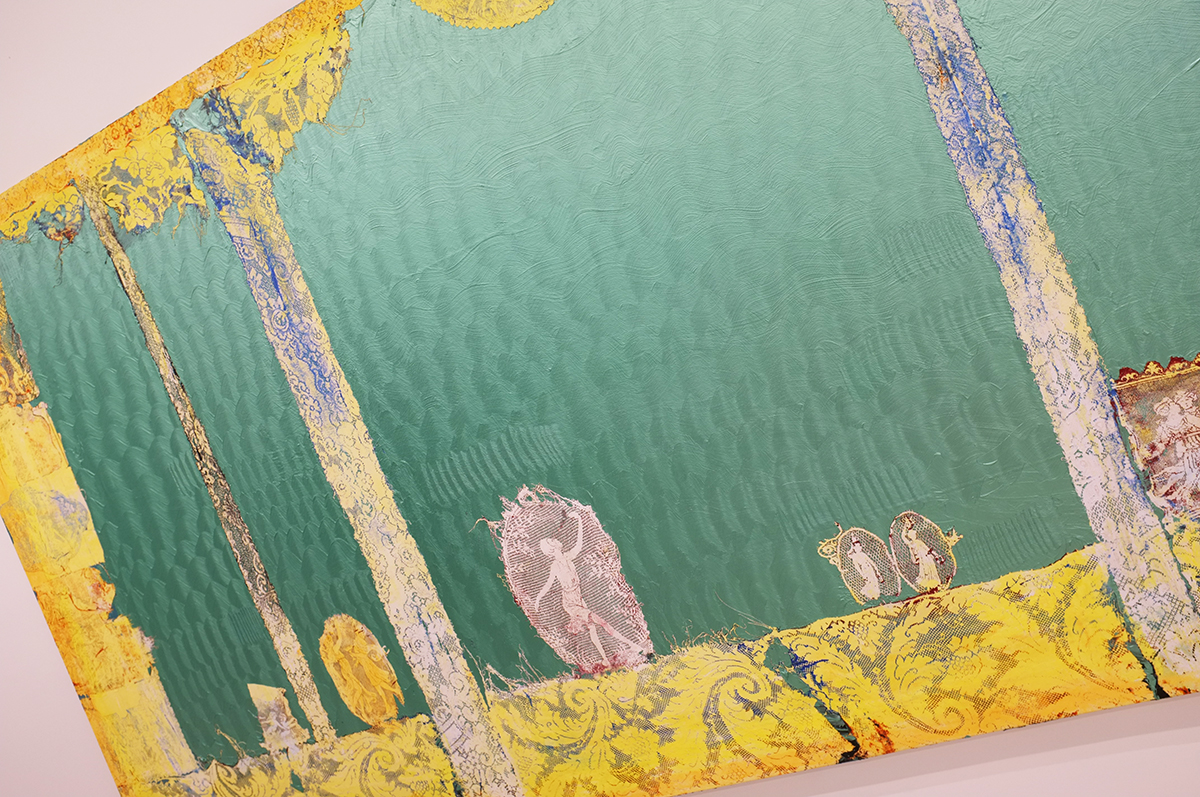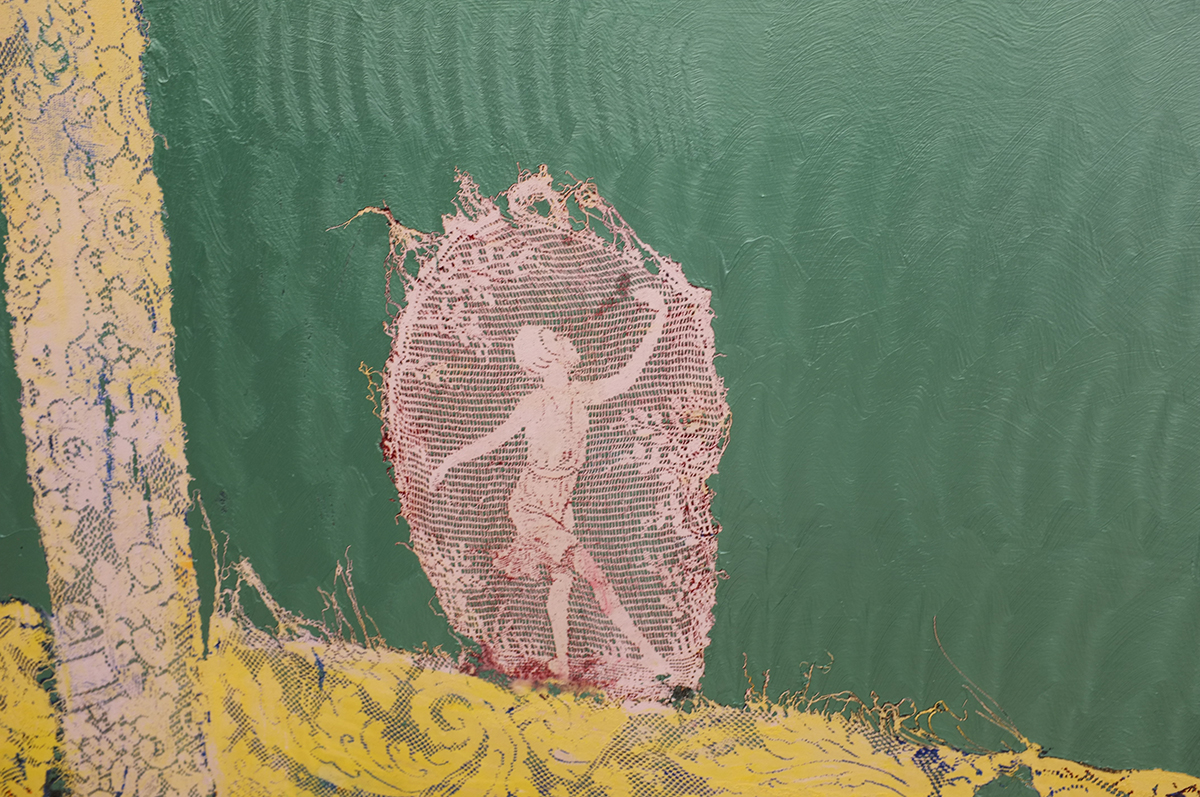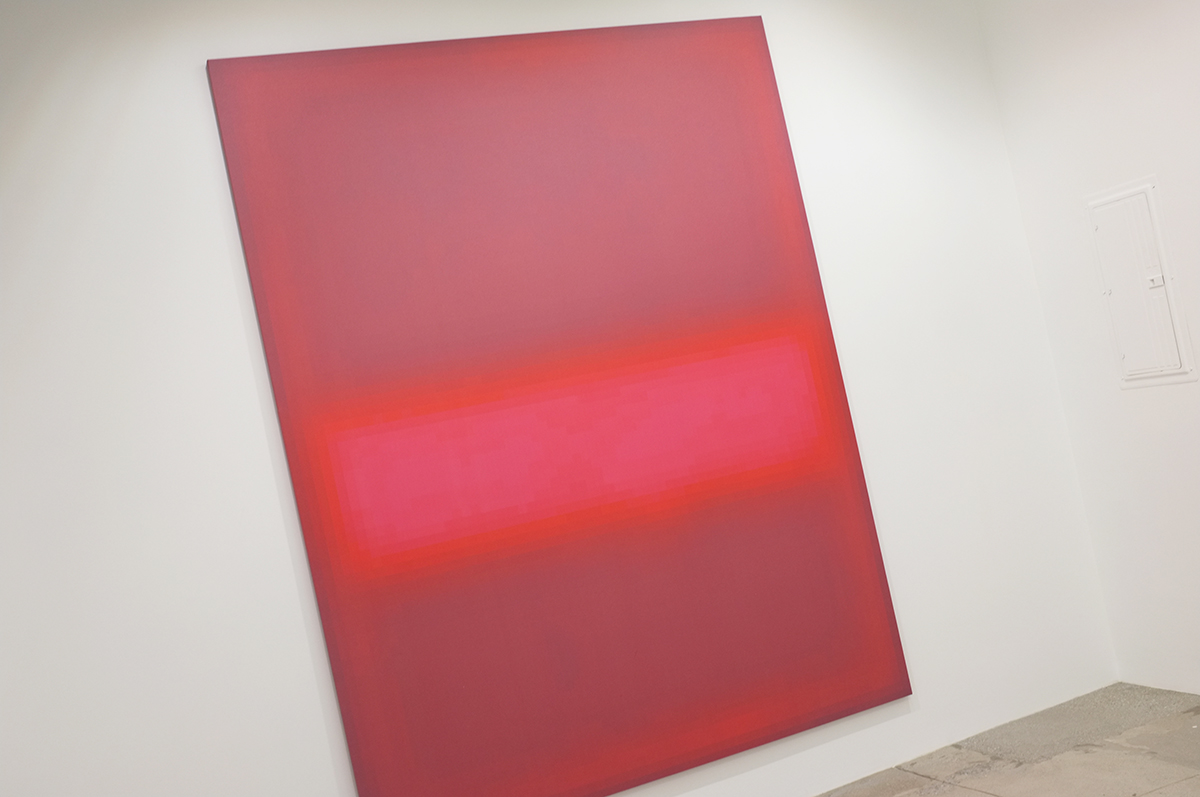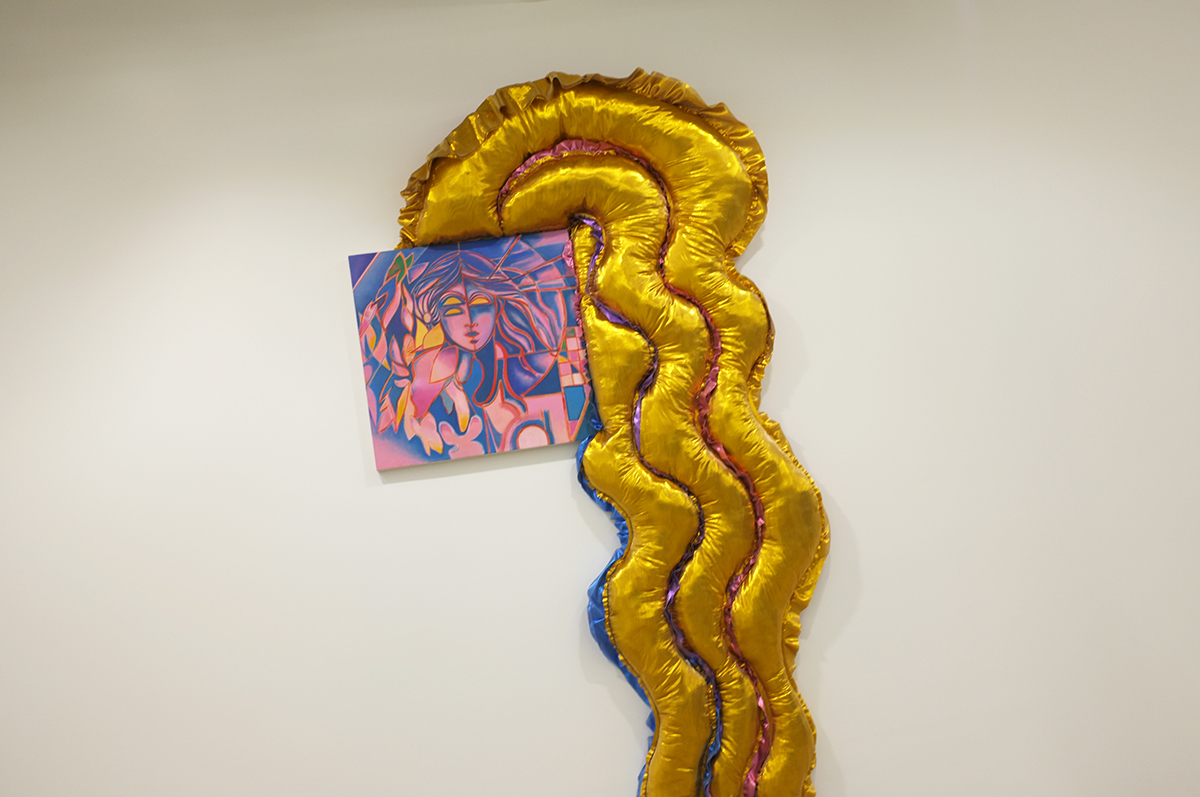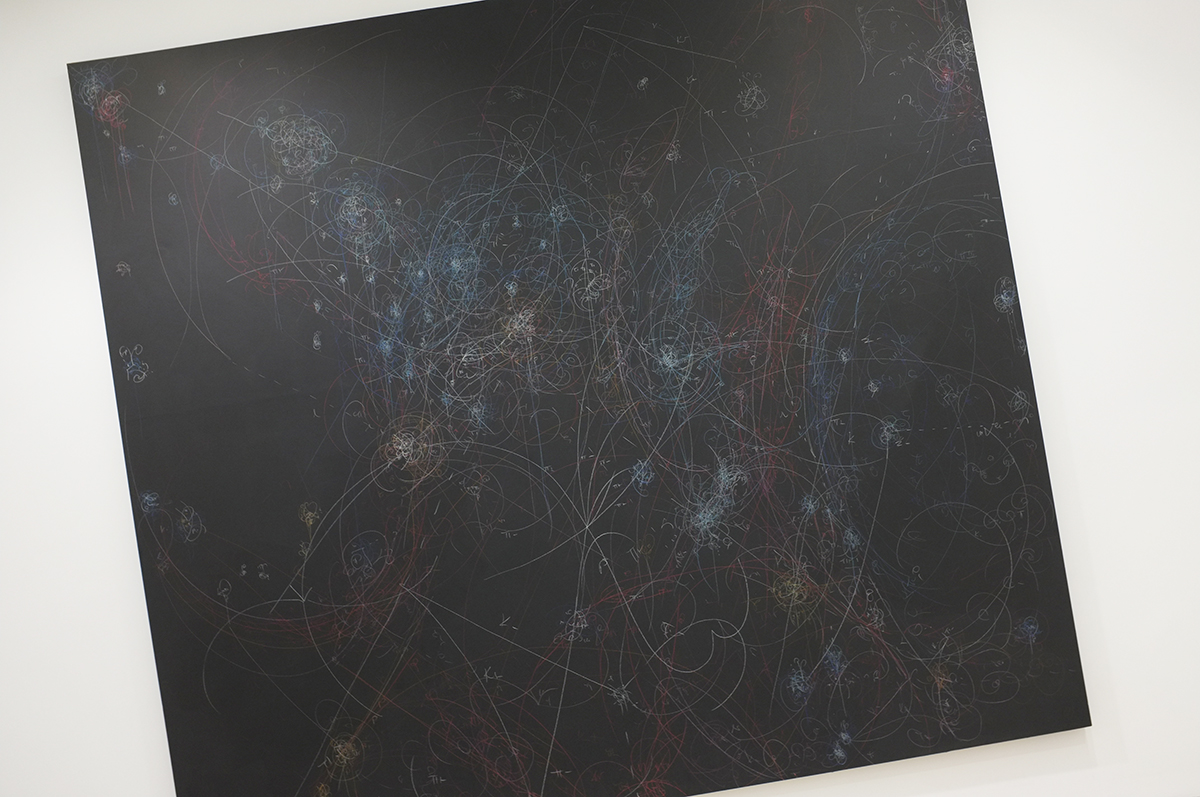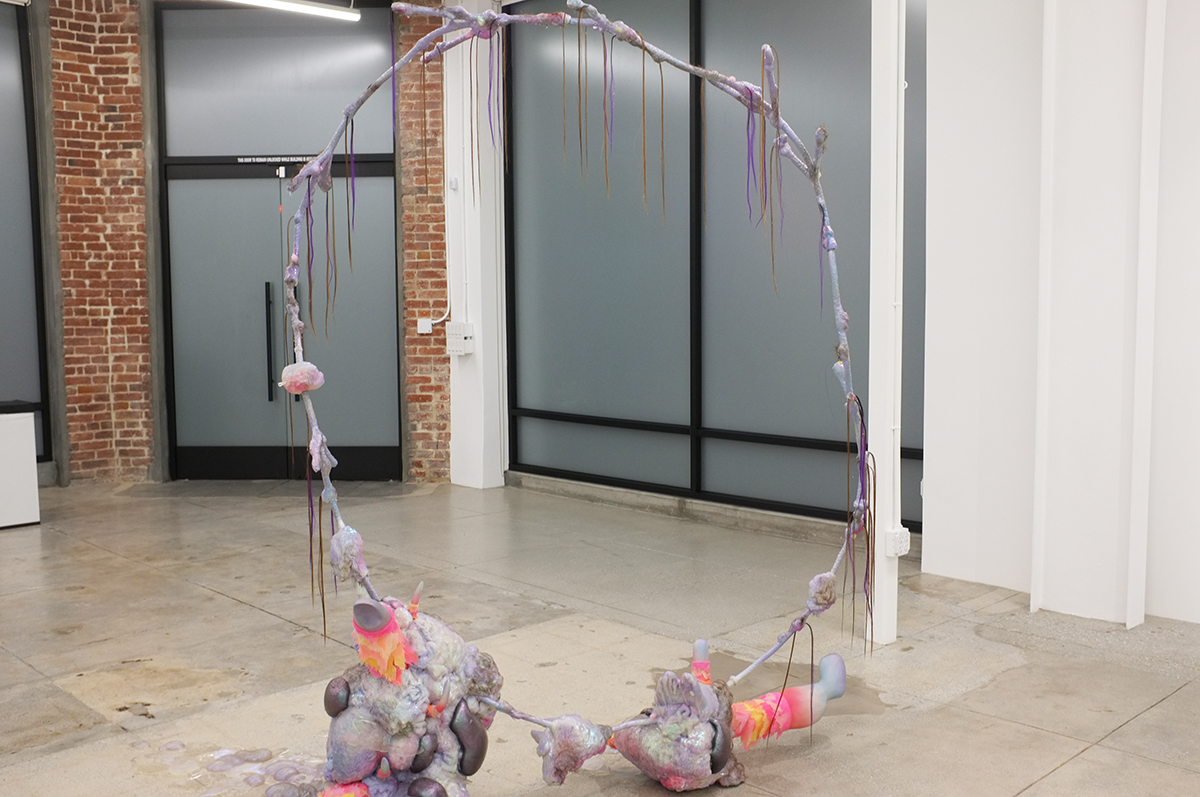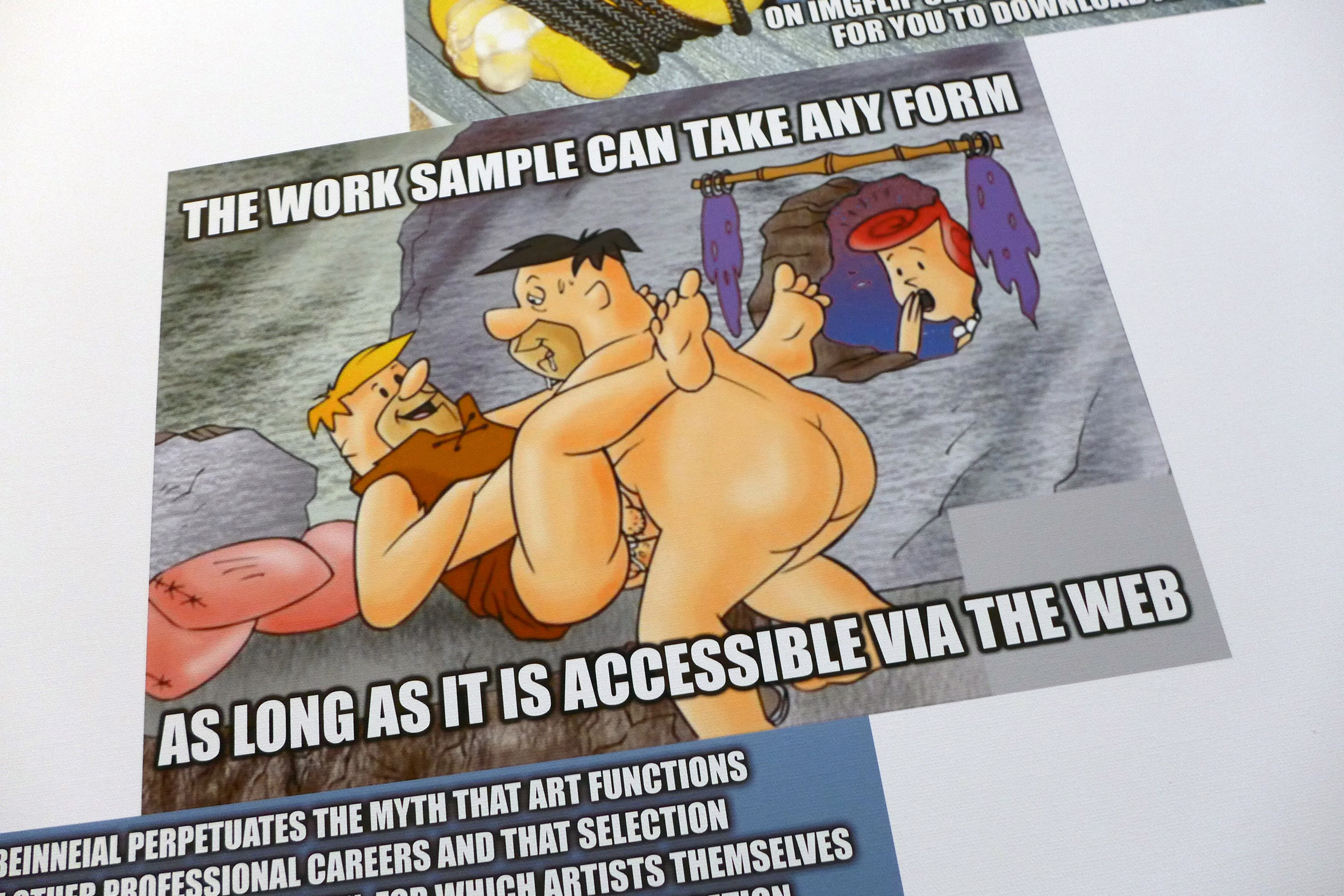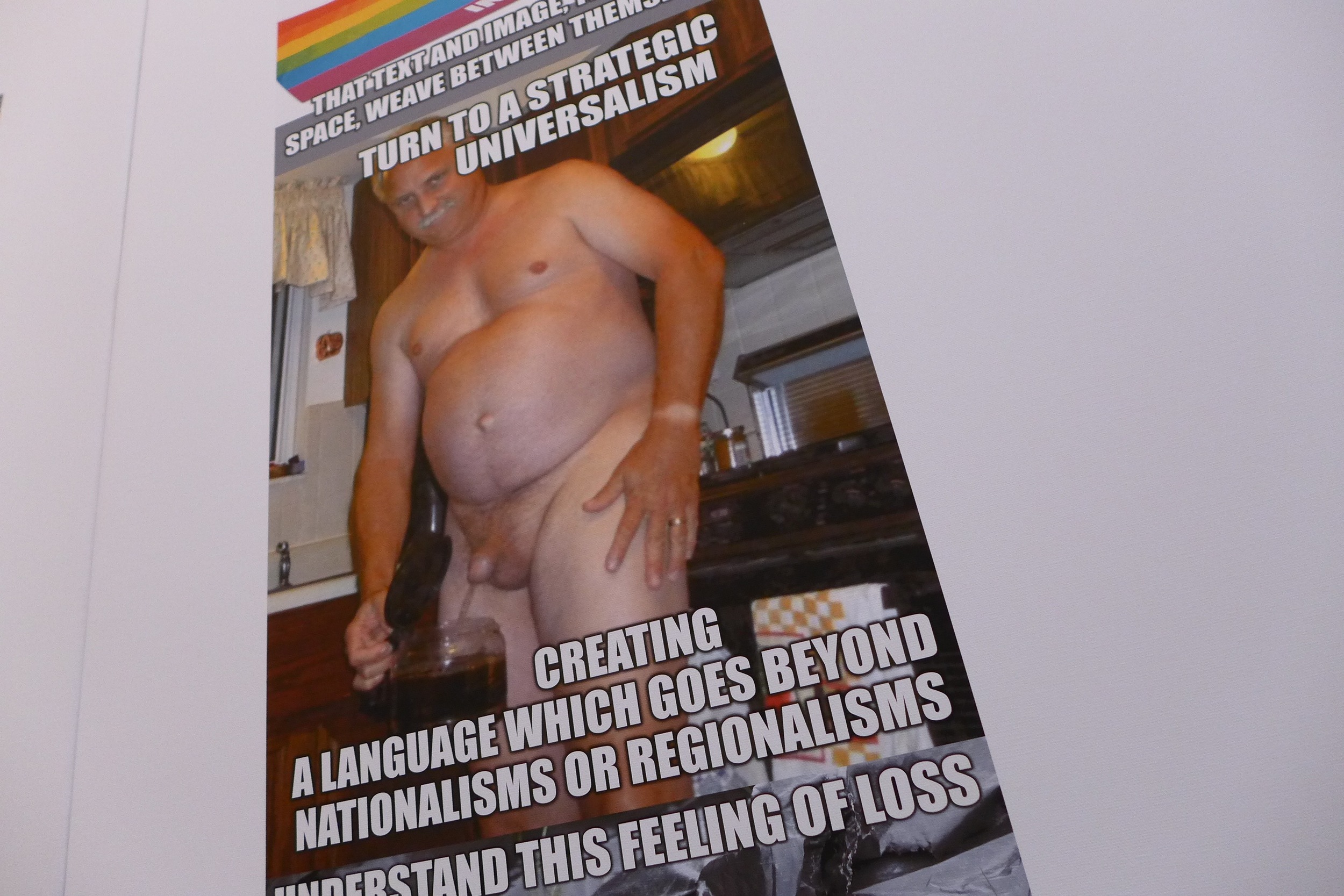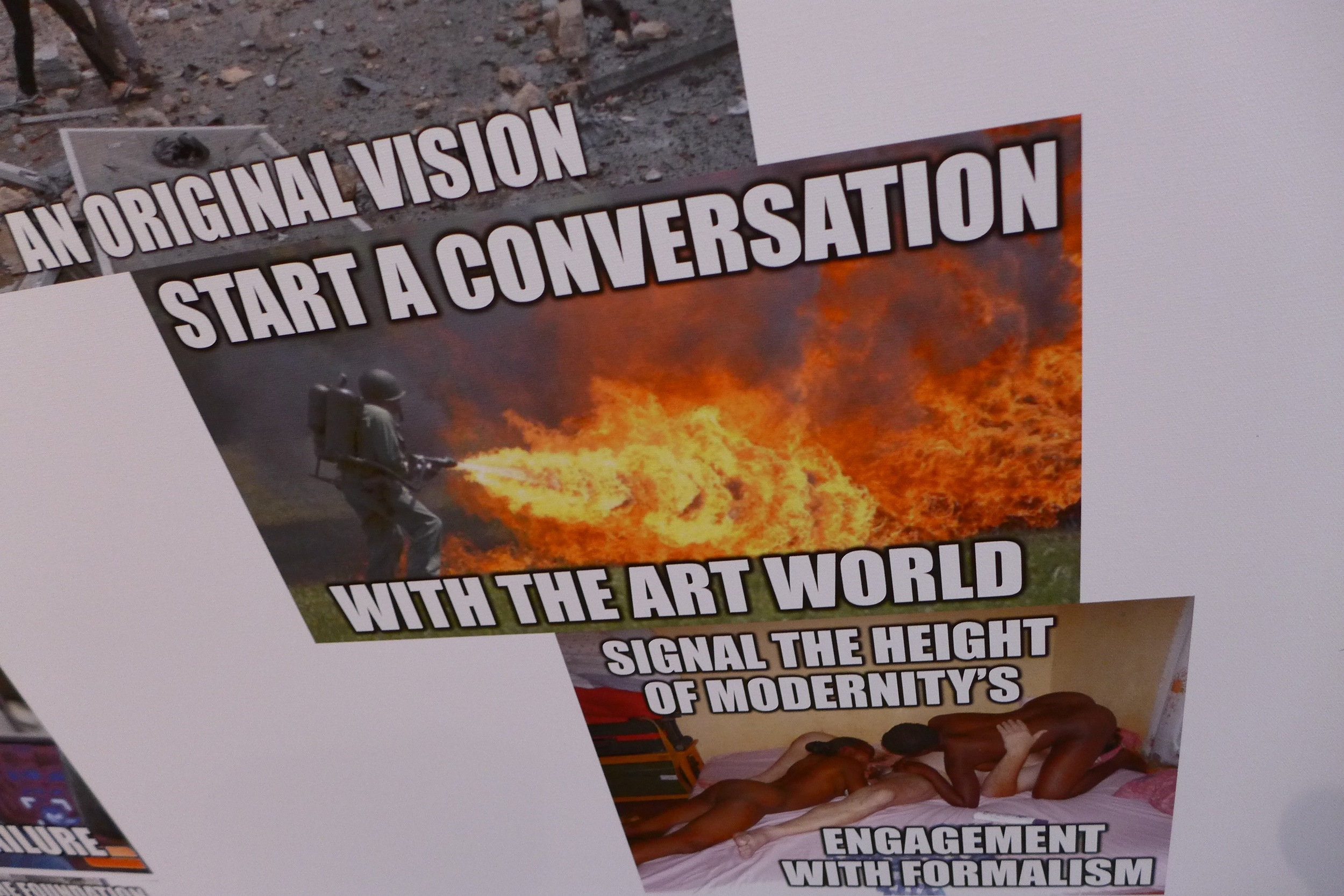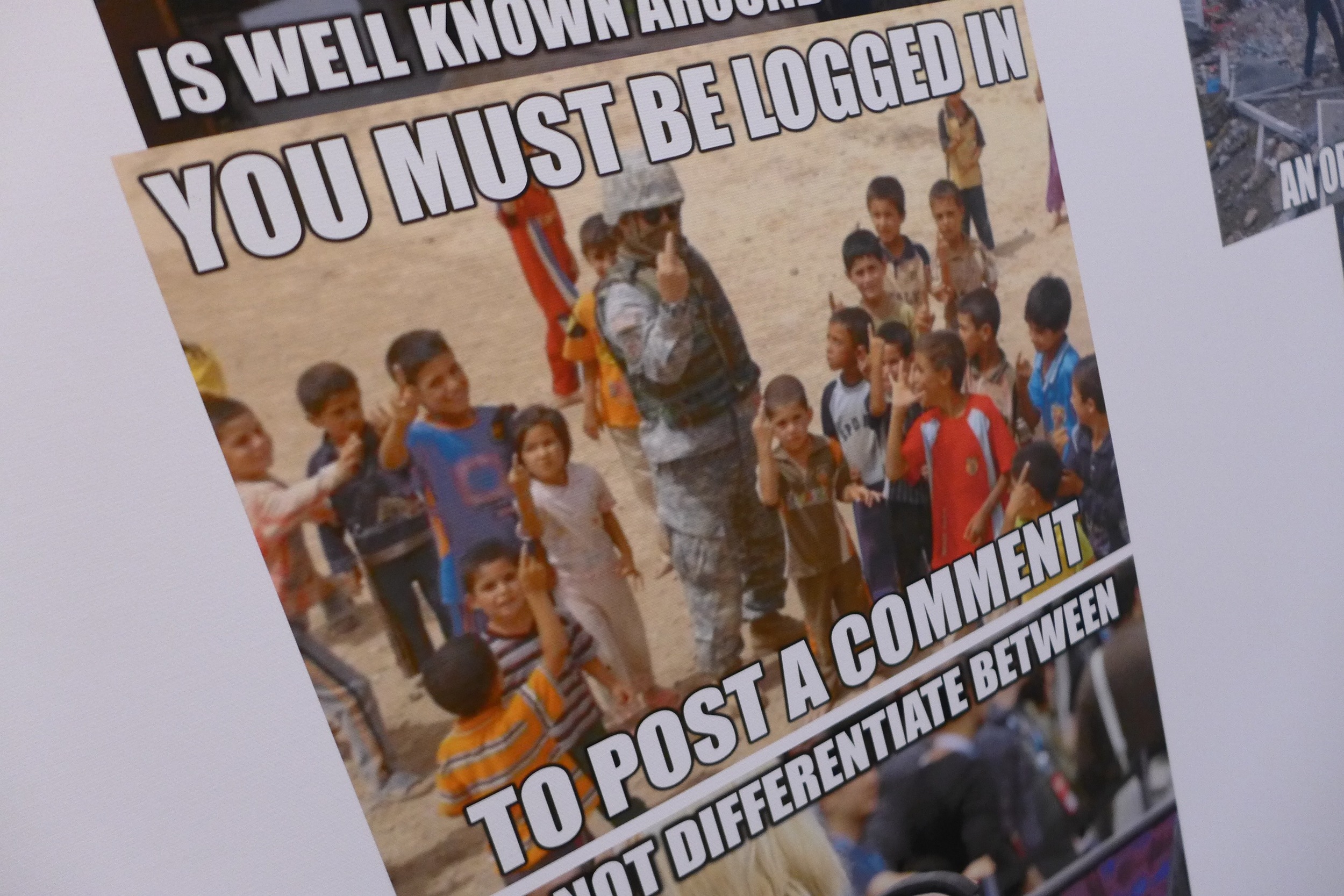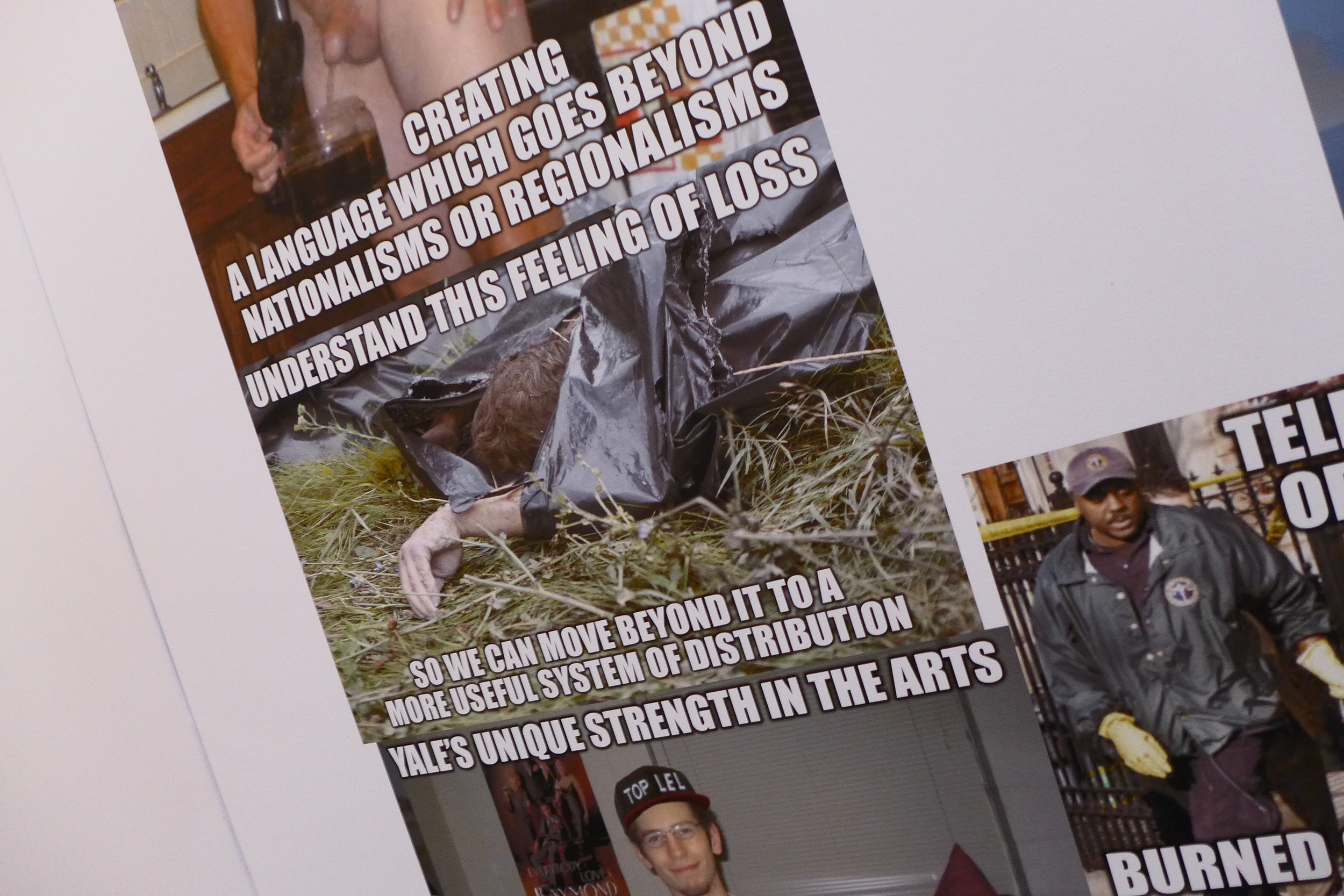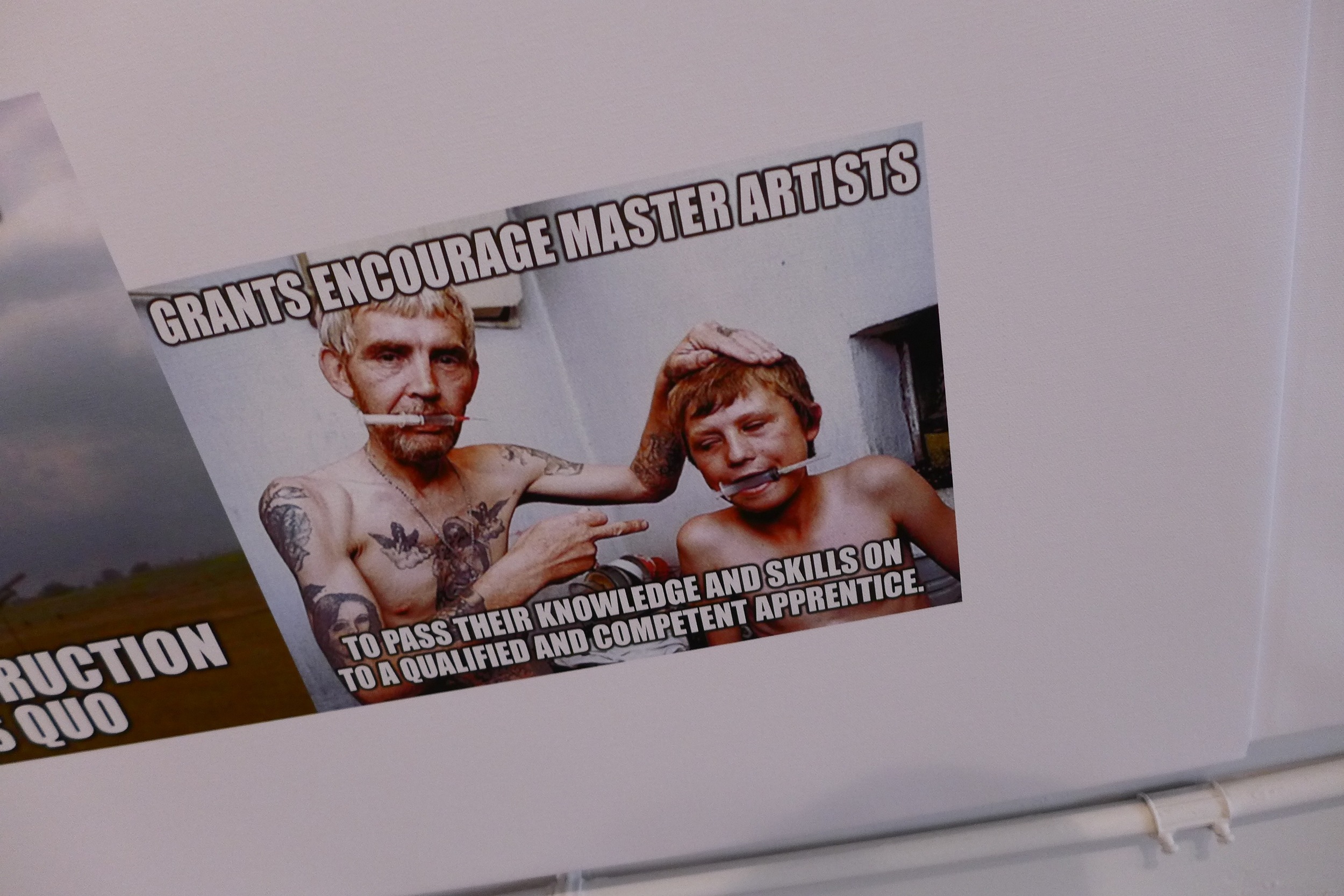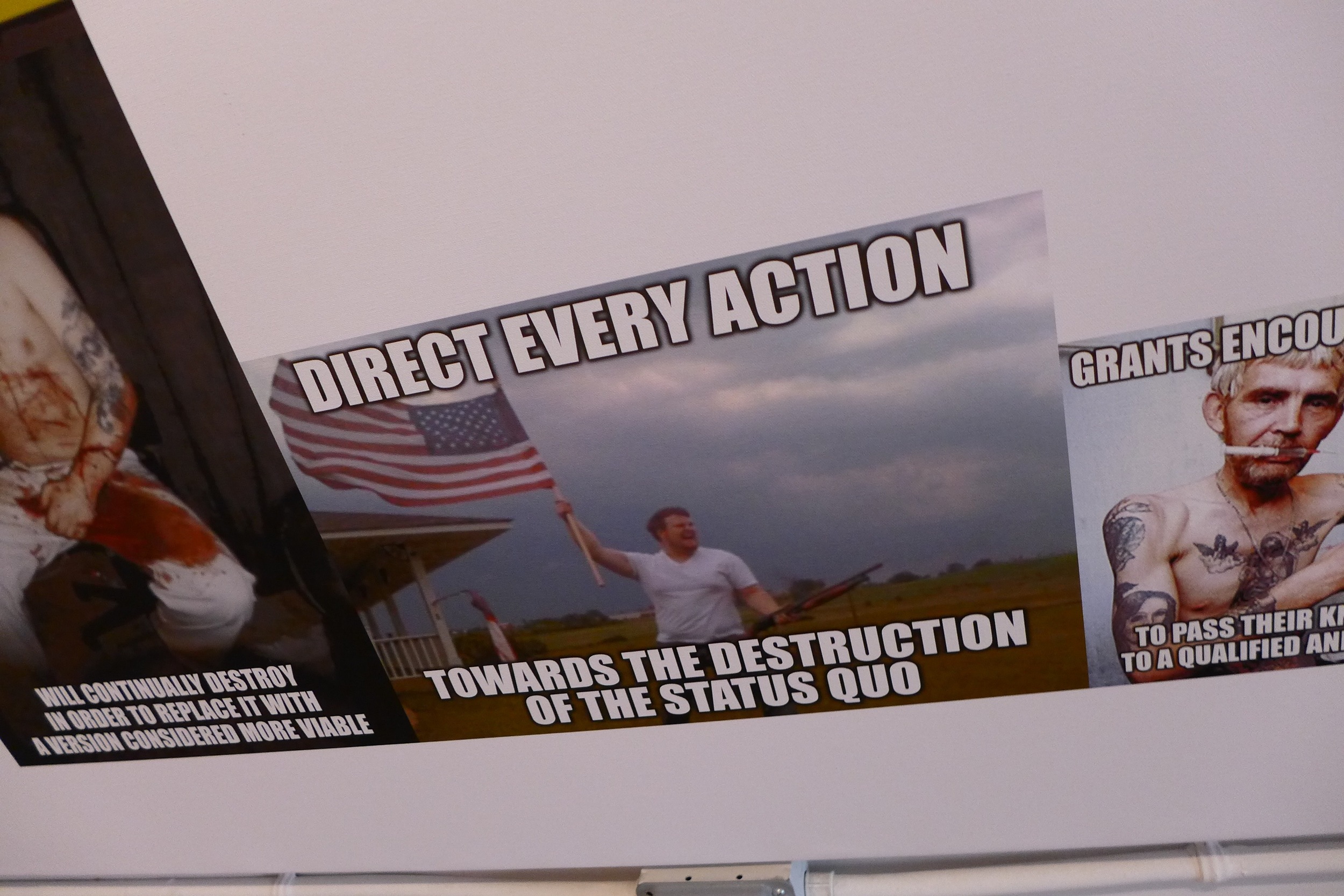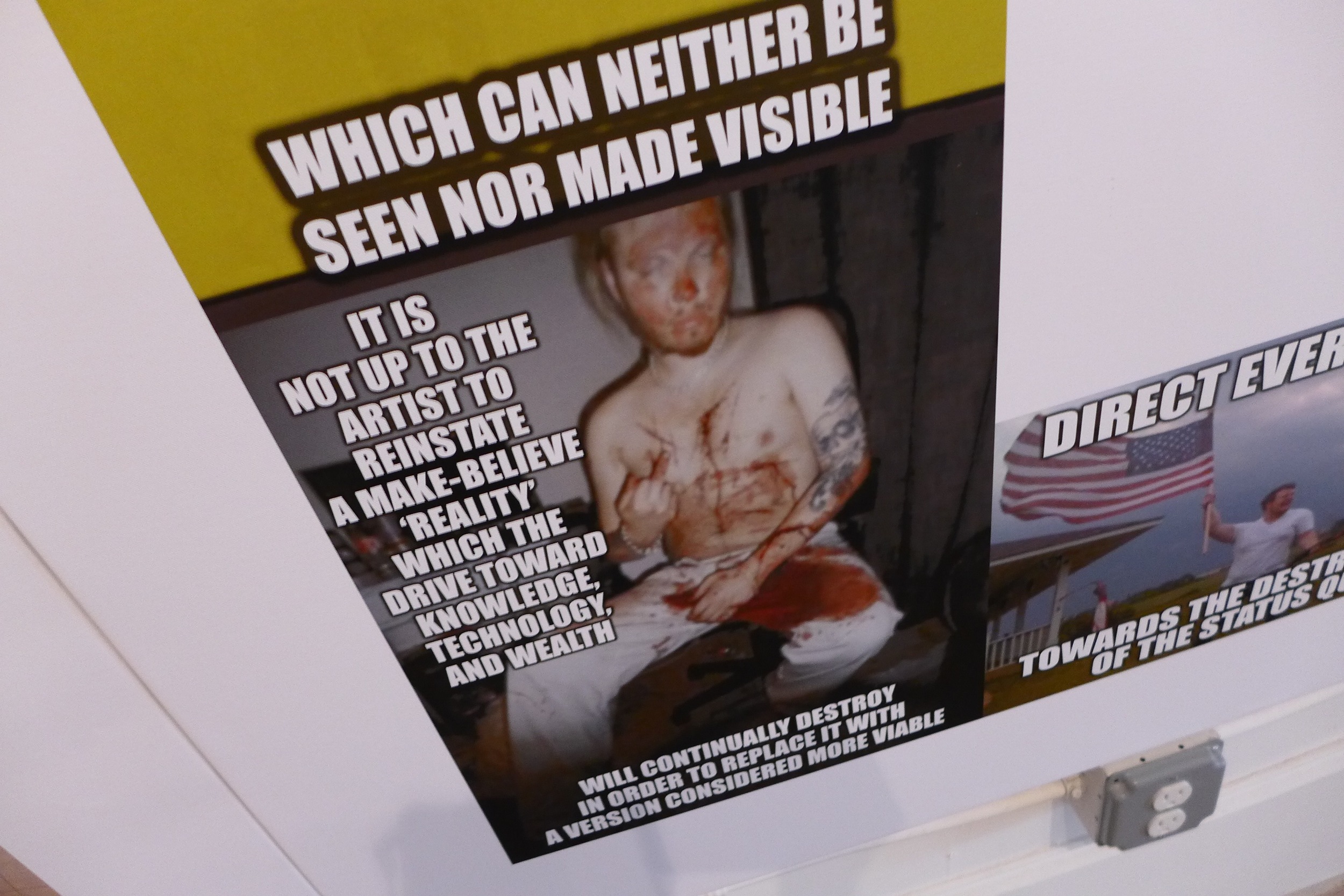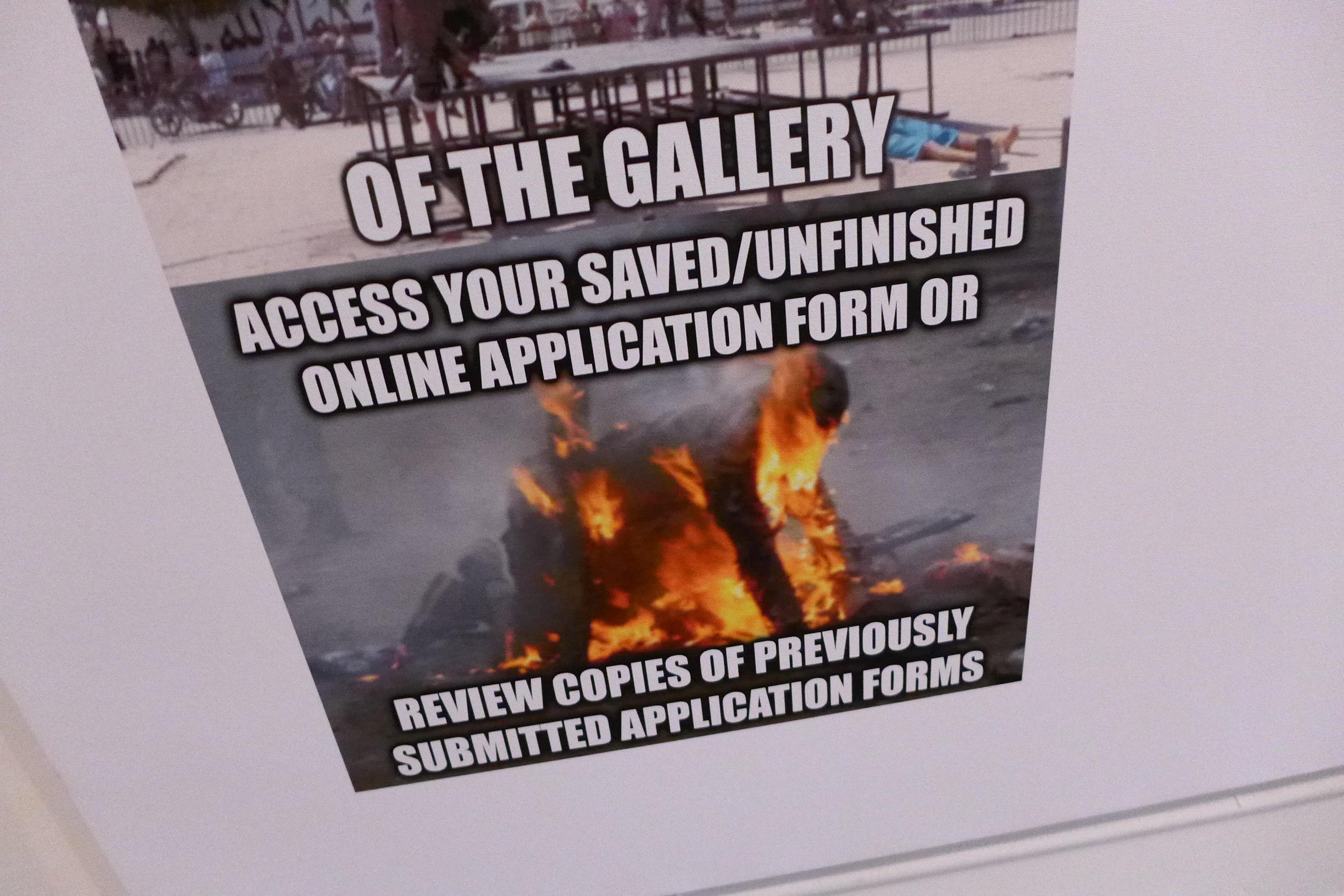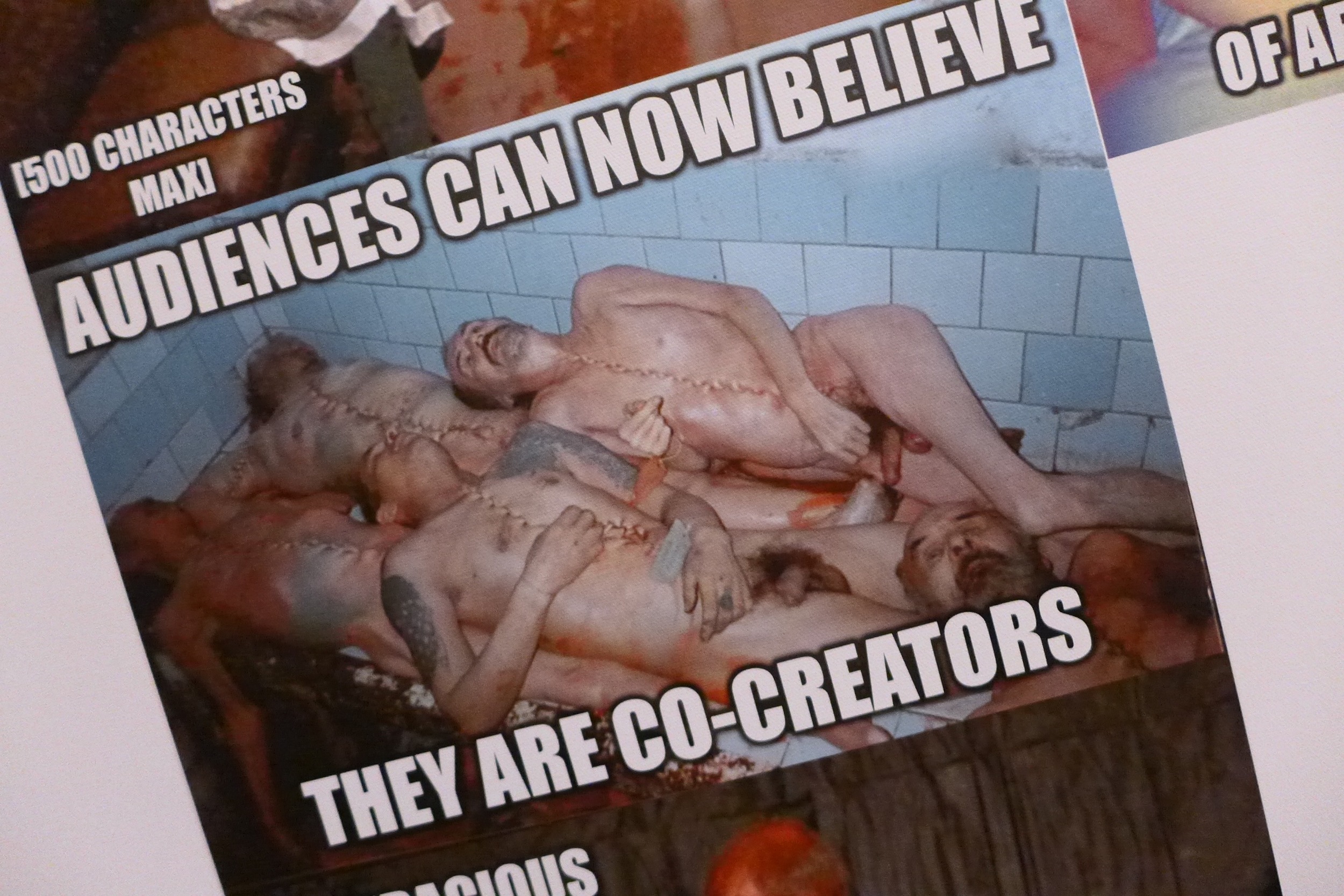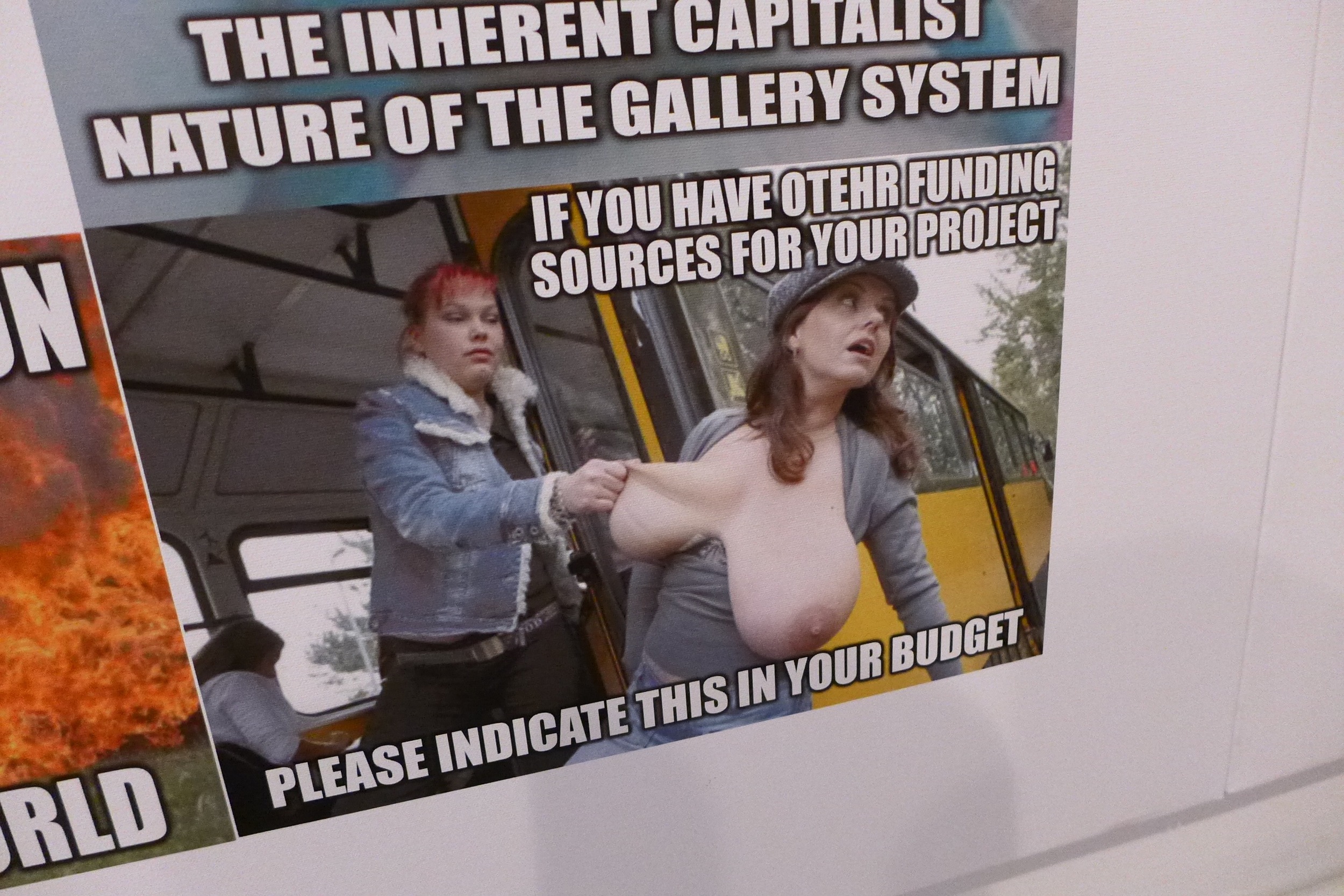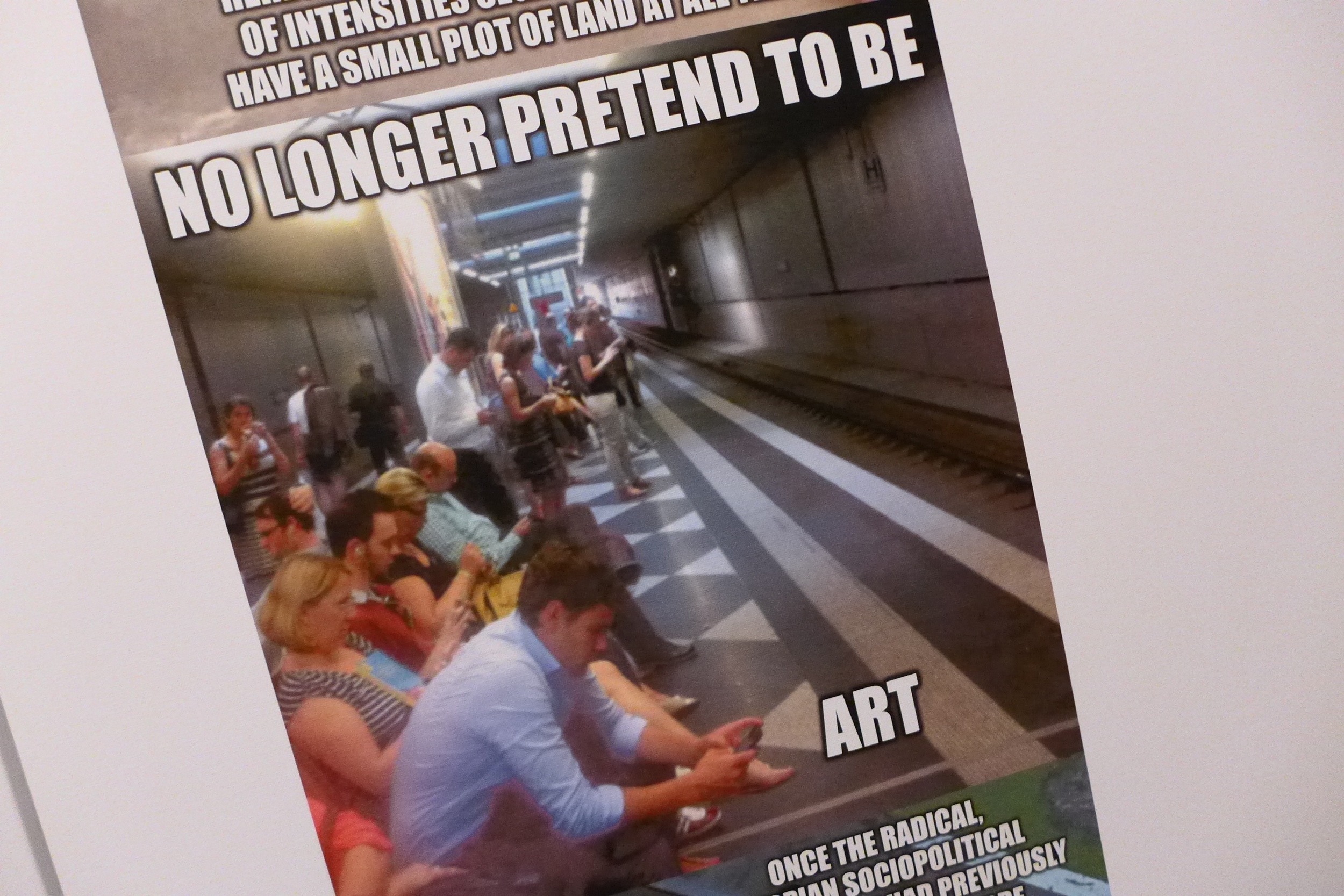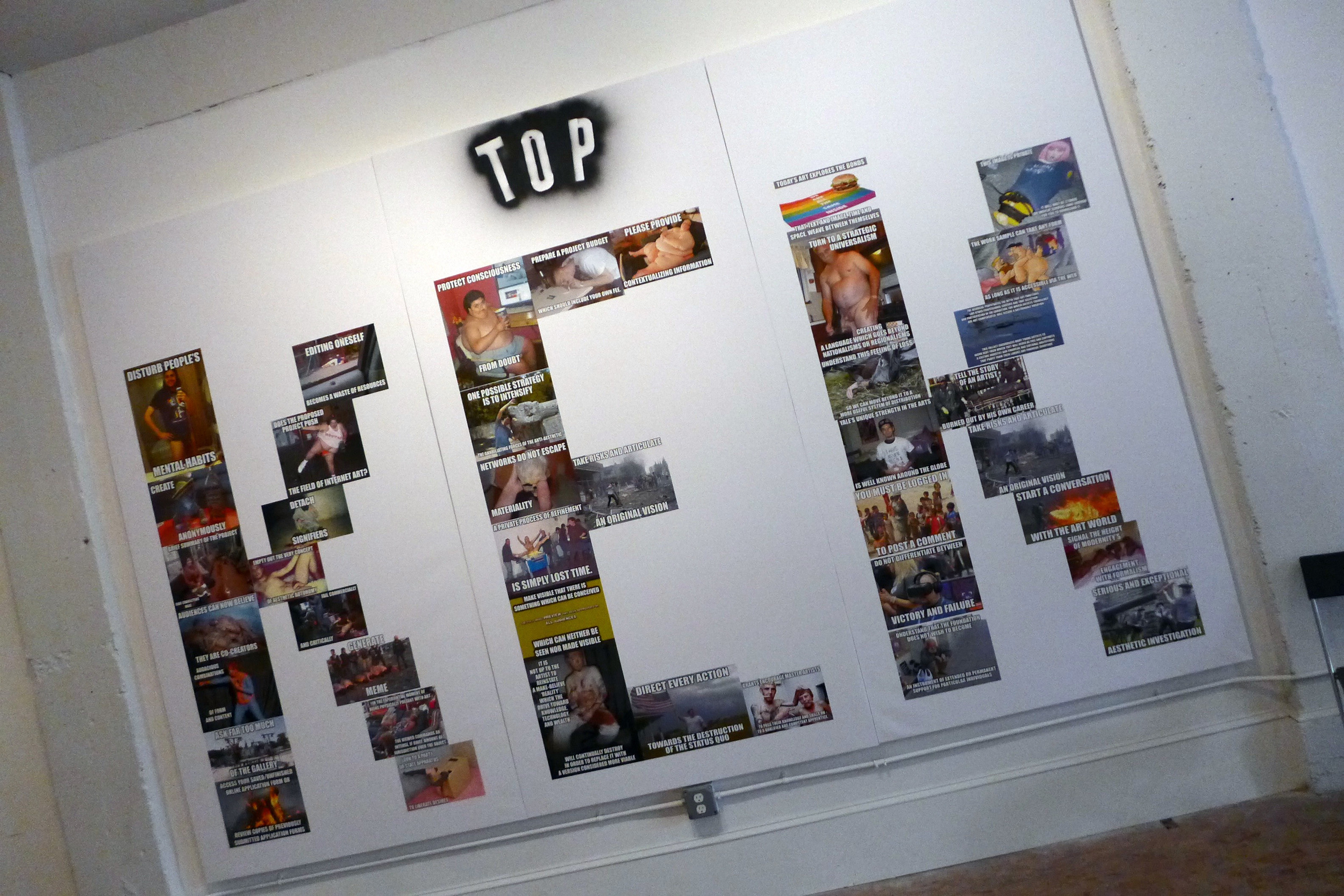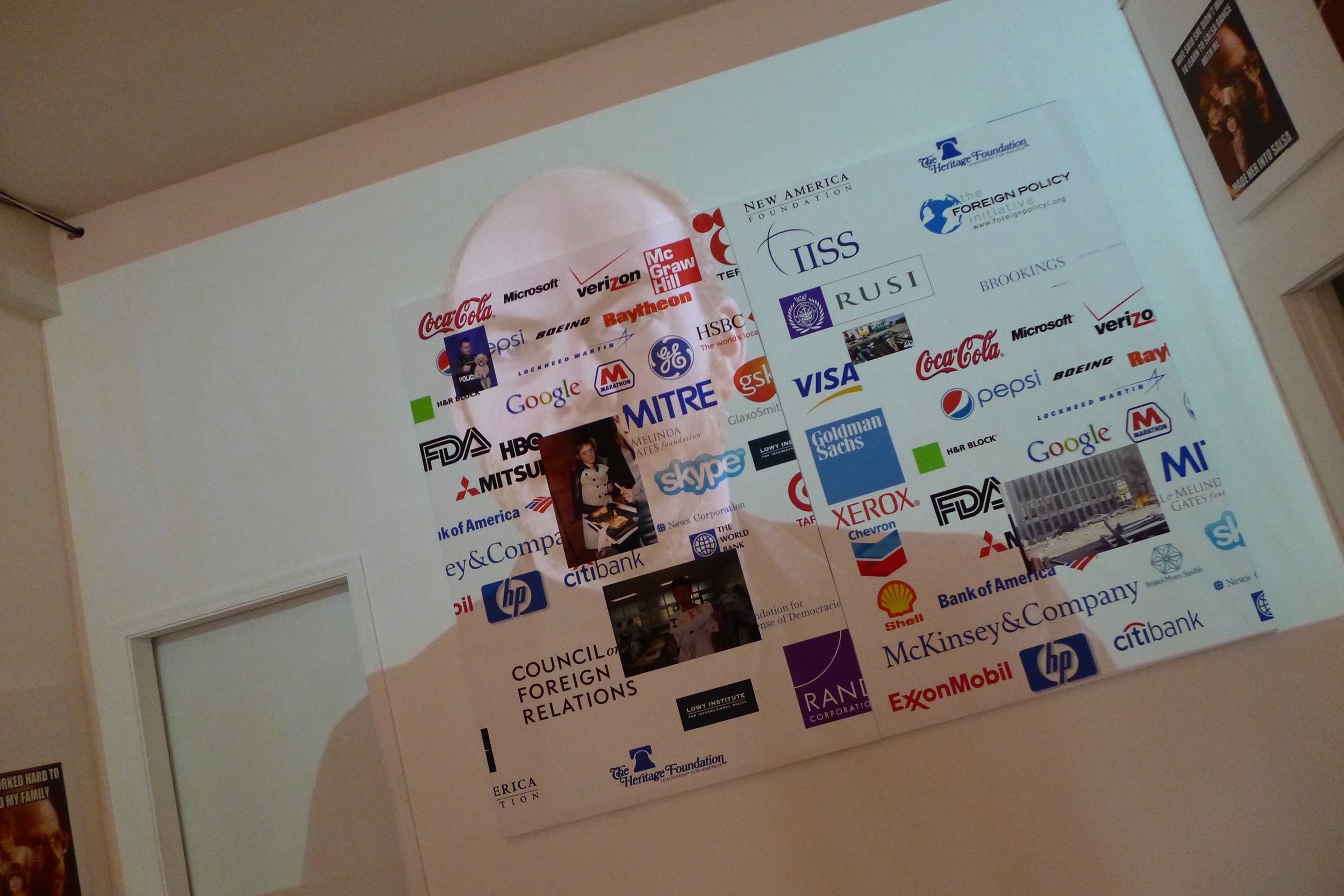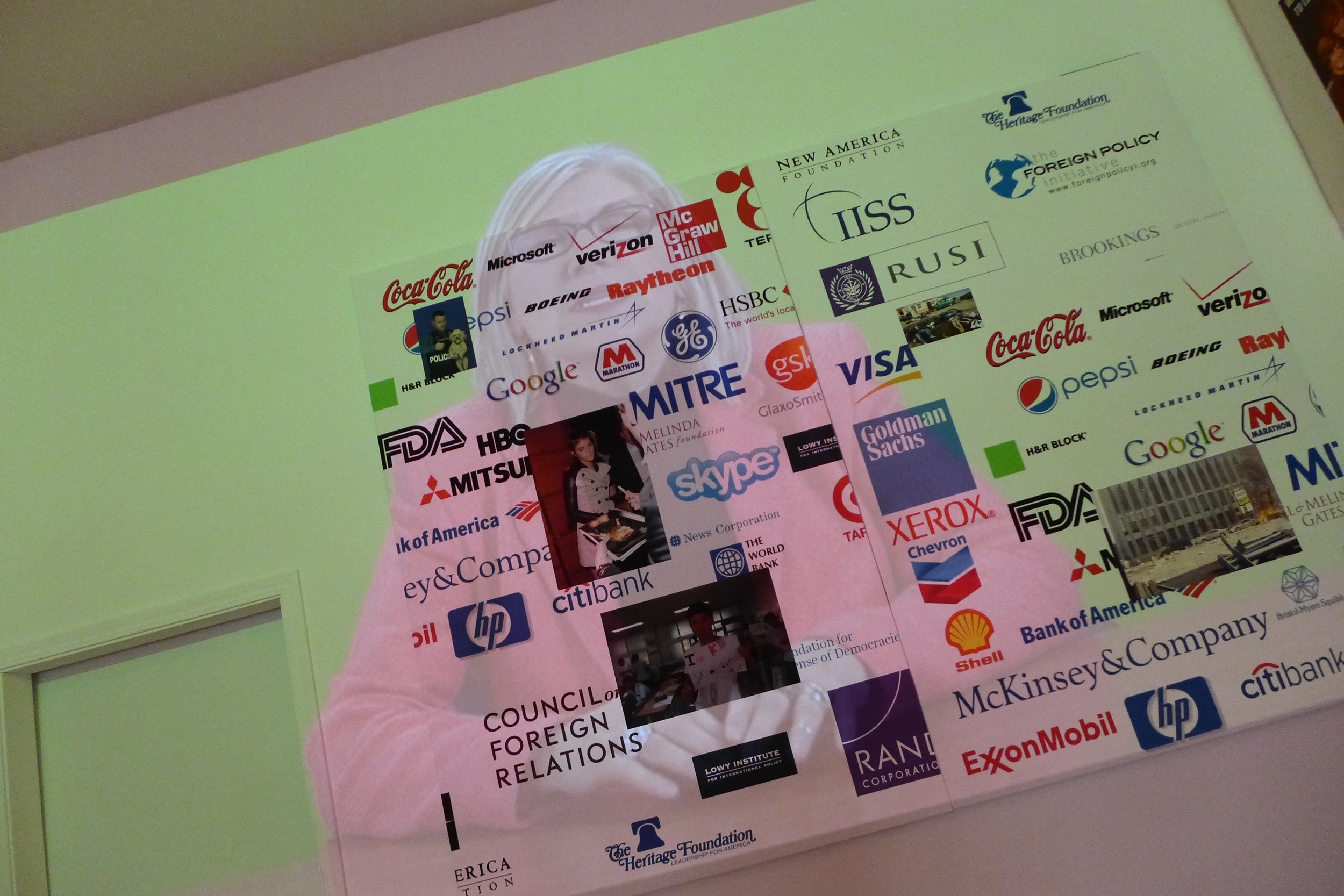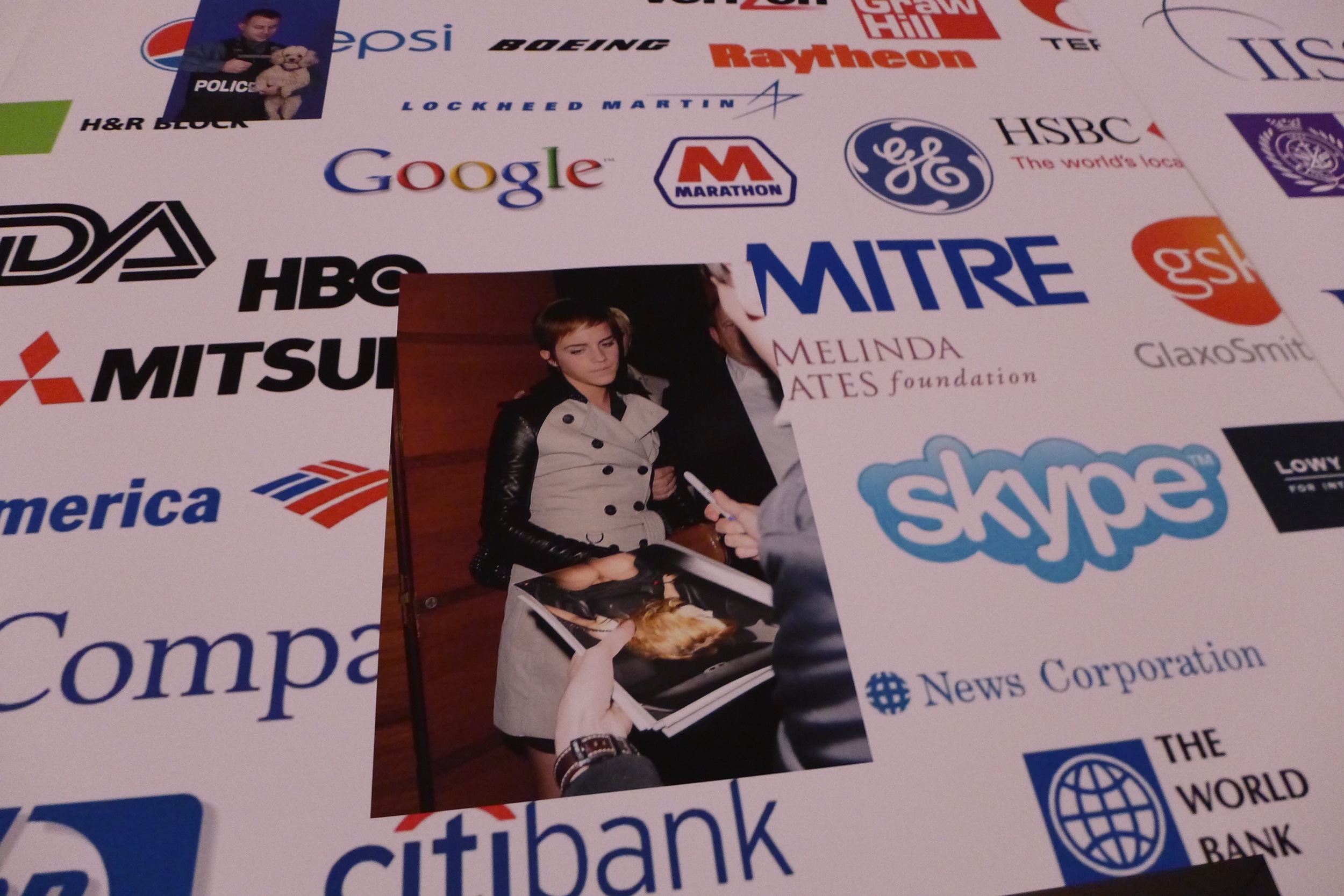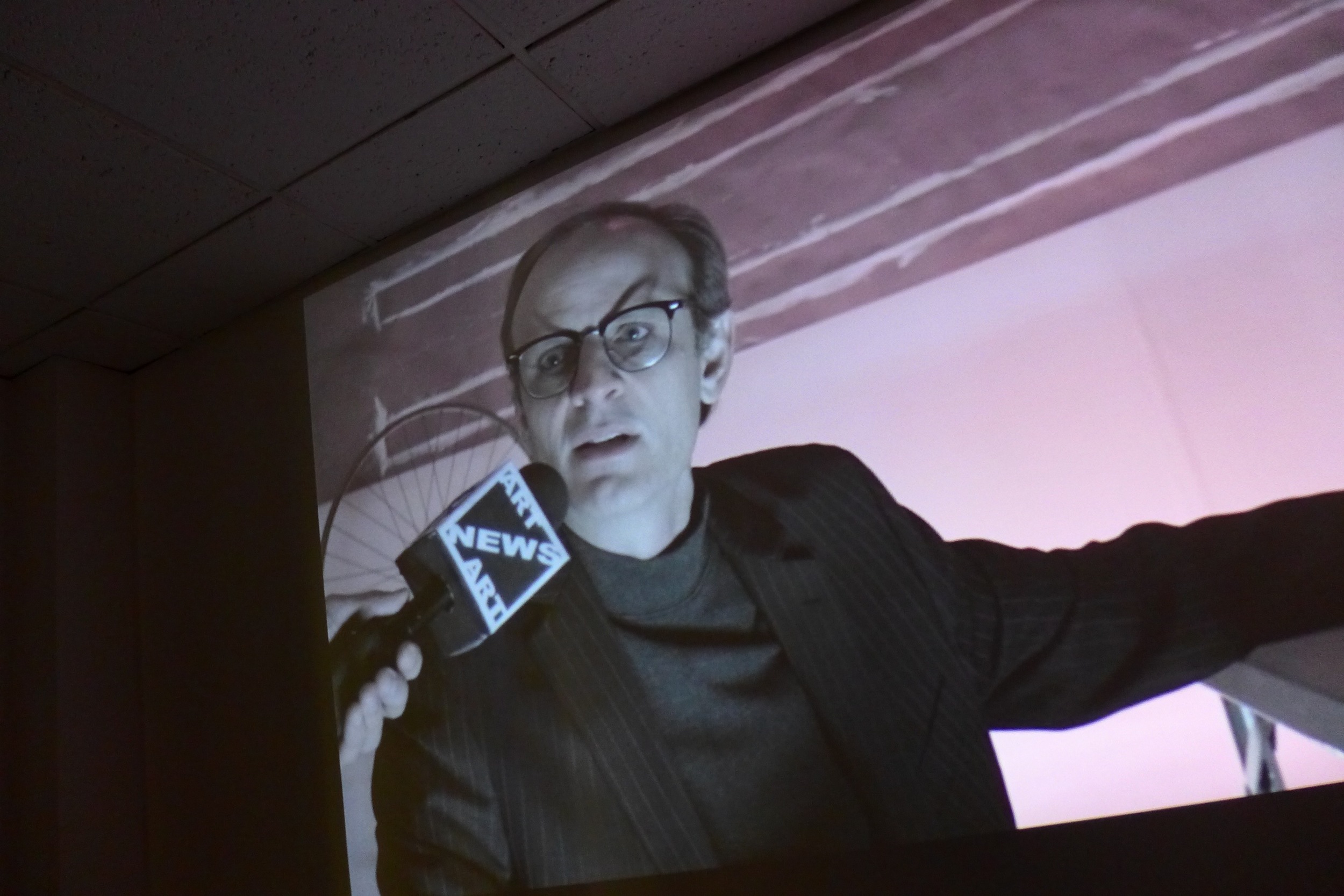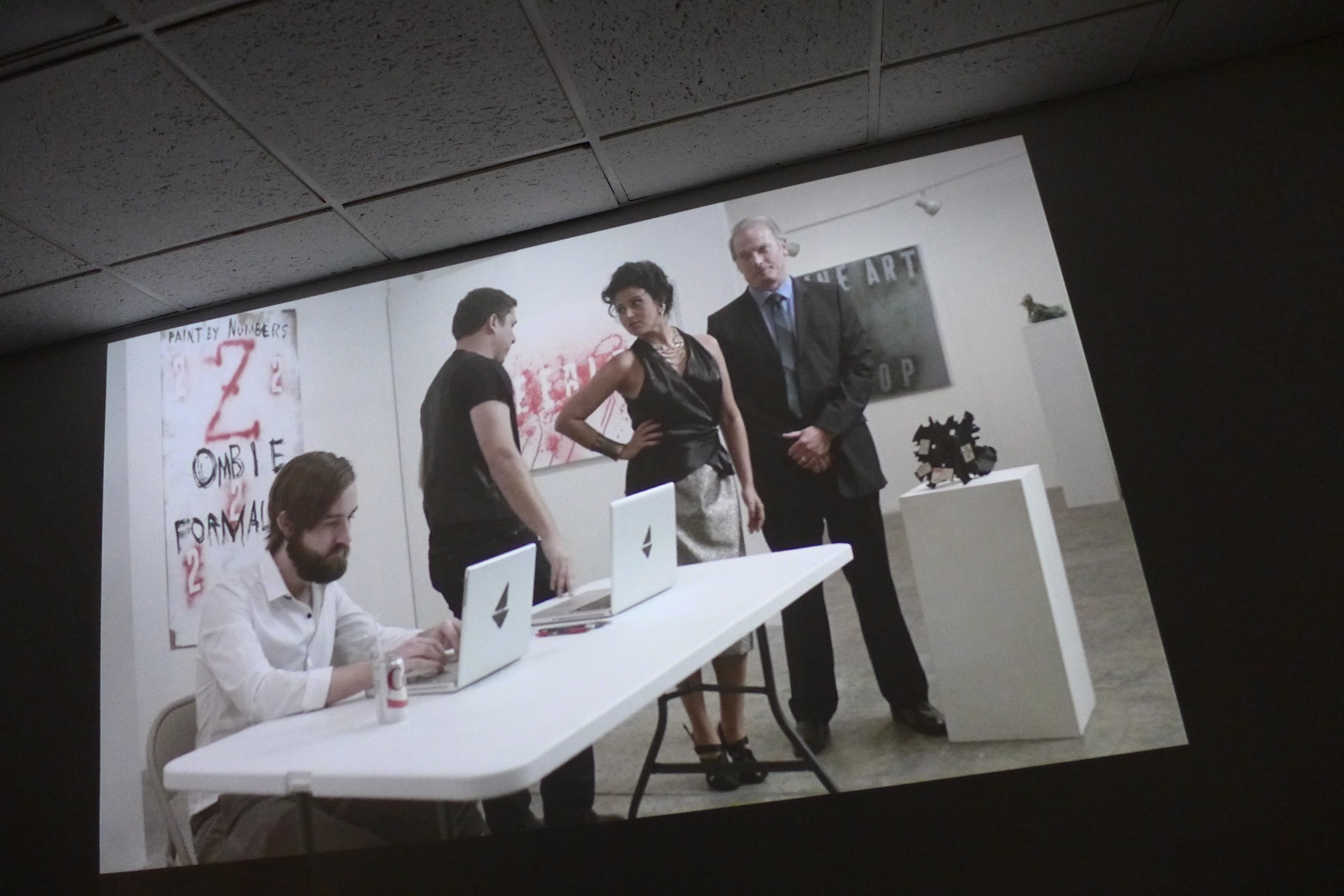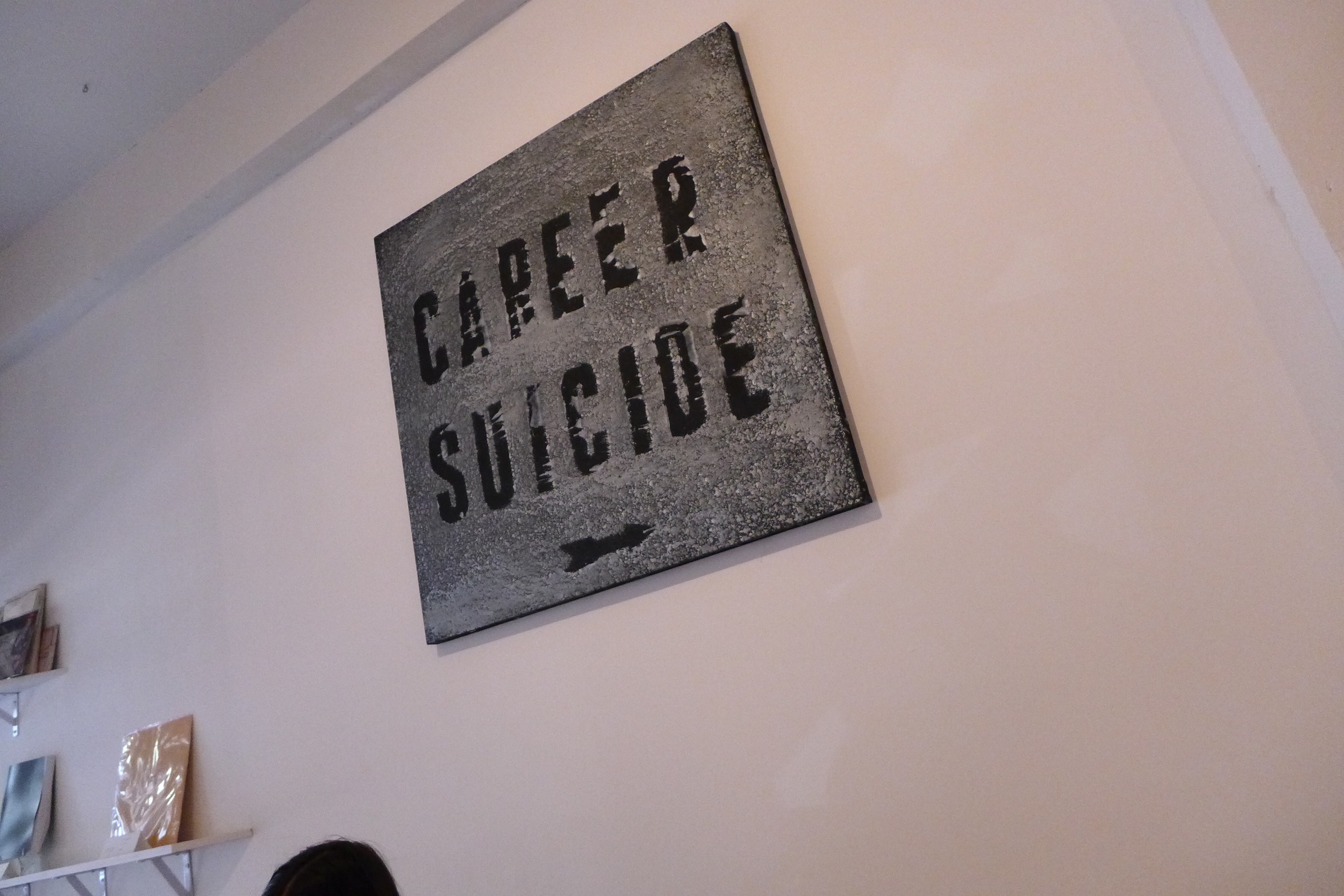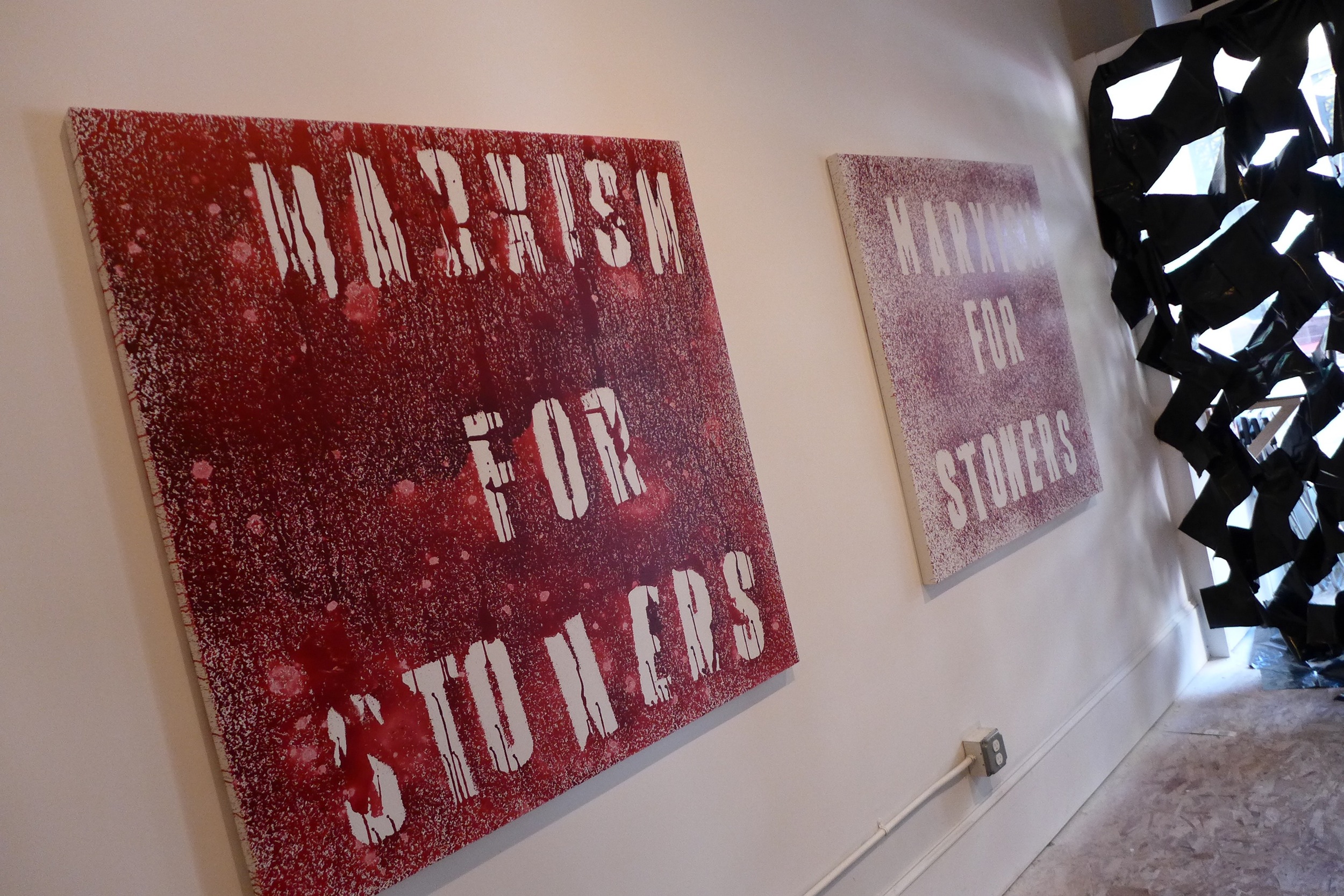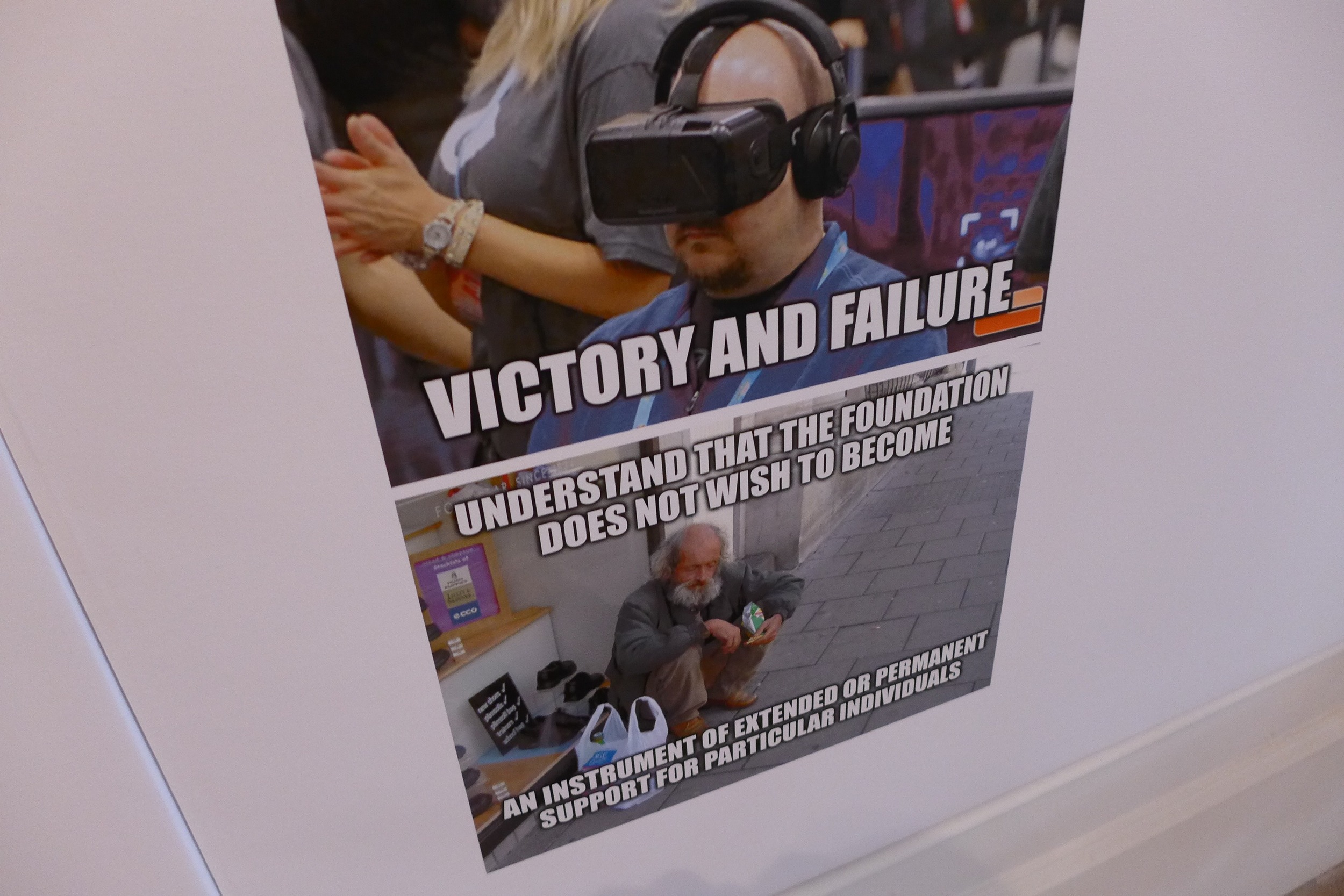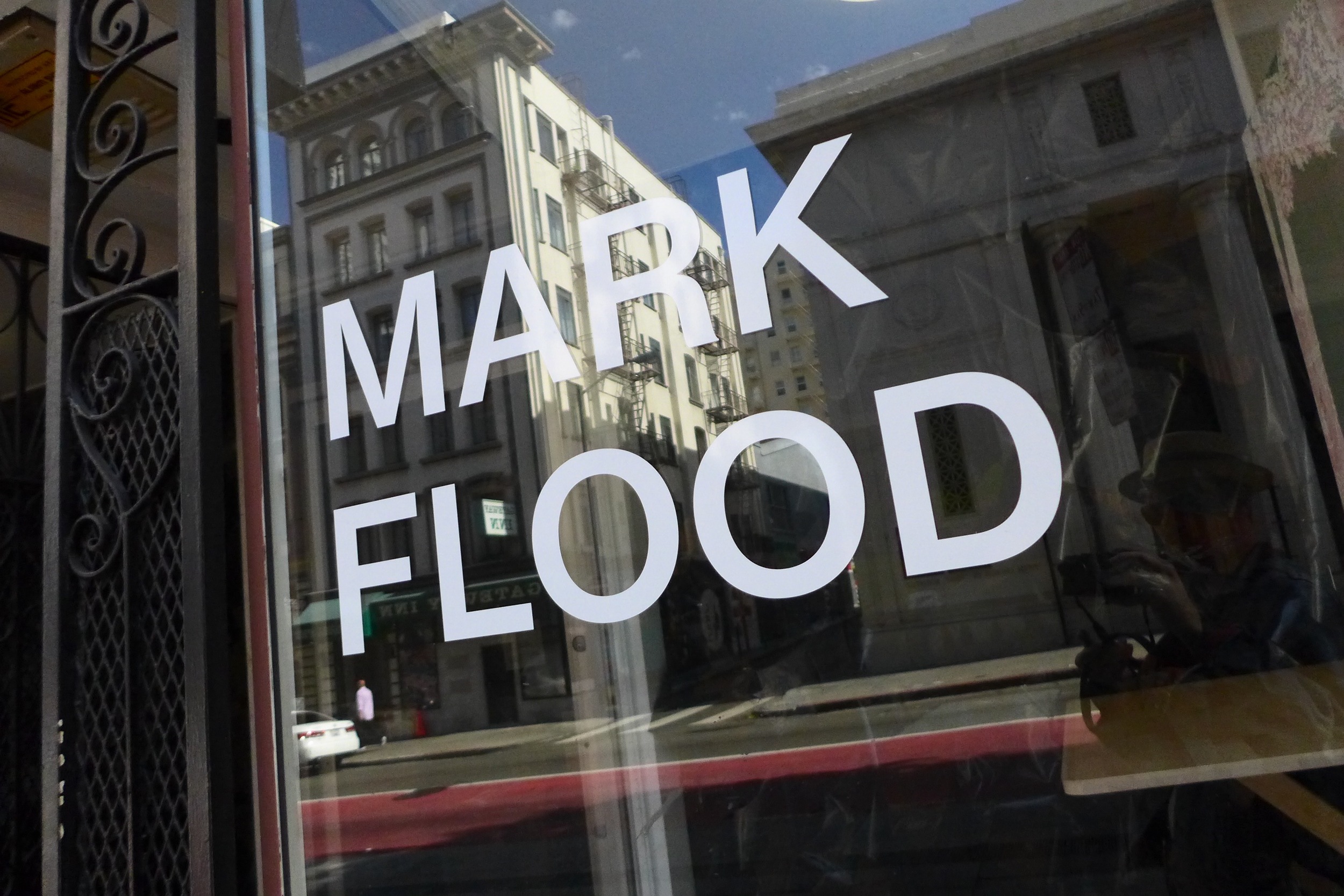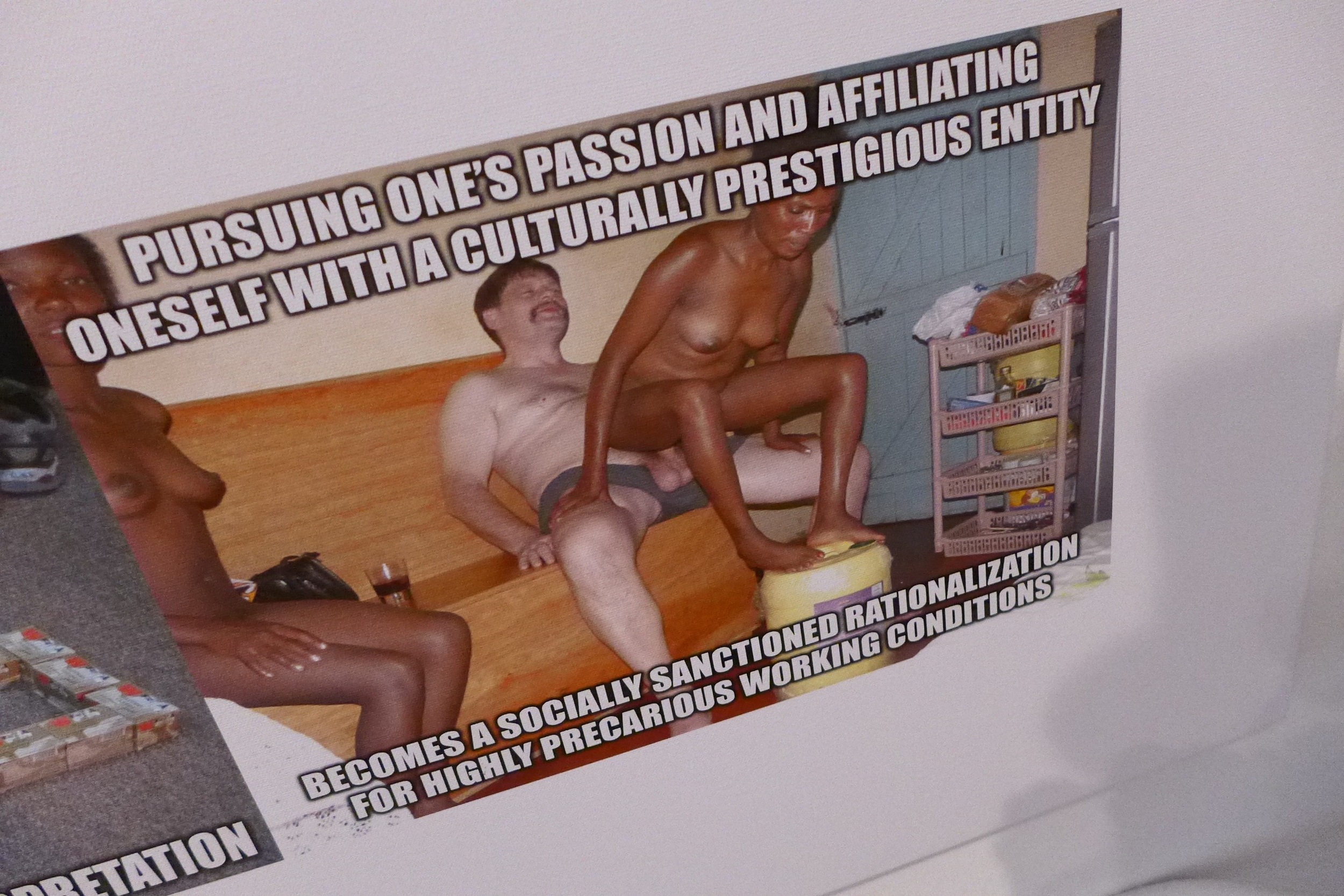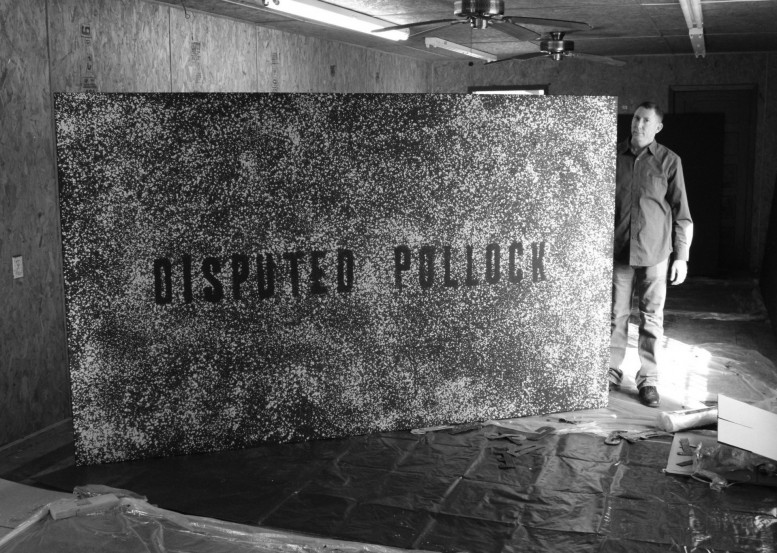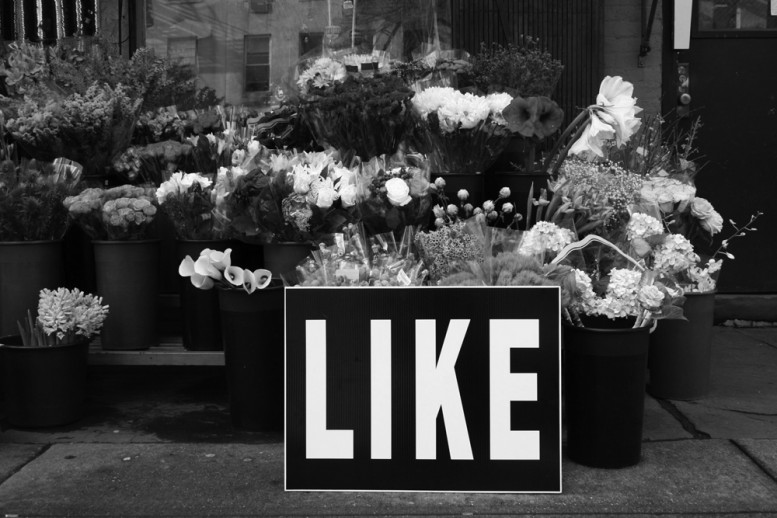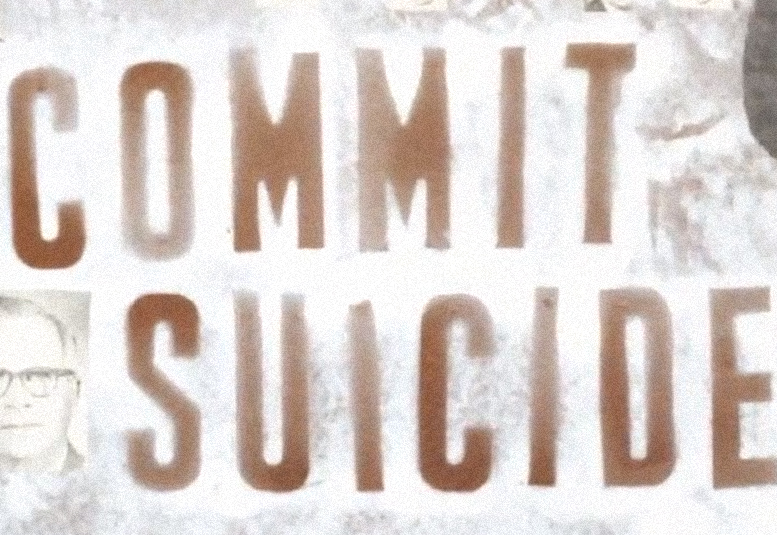Mark your calendars for September 19. The Lone Star State is an up-and-coming art destination.
The Menil Collection, Modern and Contemporary galleries. Photo by Caroline Phillipone
text by Karly Quadros
Houston may call to mind NASA, BBQ, and hurricanes, but just beneath the surface of one of America’s most diverse cities, a vibrant art scene is emerging.
On track to become the third-largest city in America within the next decade, Houston is a city on the rise—quite literally. It’s a place where bigger is always better and change is constant. Leaving very little in the way of historical architecture, the city finds itself perpetually busy building the next bigger and better thing. There’s no single racial or ethnic majority. Instead, the city attracts everyone from French art collectors to Sudanese refugees, a fact that’s produced a richly diverse food scene.
But it’s Houston’s art scene that’s attracting international attention. With Untitled Art, Houston making its debut in Houston on September 19, director Michael Slenske and executive director Clara Andrade Pereira are bridging the gap between the city’s historic institutional art world and contemporary audiences.
Half a century ago, a booming oil industry fueled Houston’s art scene while the rest of the country was sinking into recession. Two significant investments in the city’s institutional art infrastructure—the construction of the Contemporary Art Museum Houston and a multimillion-dollar renovation to the Museum of Fine Arts Houston—signaled a push to establish Houston as one of America’s artistic centers. A local art scene cropped up around the Lawndale Alternative Art Space at the University of Houston (now the Lawndale Art Center), founded by sculptor James Surls. Meanwhile, other standout artists, such as Julian Schnabel and Robert Rauschenberg, were developing their distinctive styles in Texas. Then a mid-80s oil bust interrupted the scene’s boom. Now, there’s a renewed effort to finish what Surls and Harithas started and put Houston on the international art world’s map.
The Menil Collection campus. Photo by Grant Gay
The foremost underpinnings of Houston’s art scene stem from one family. Billionaire collectors and patrons of the arts, Dominique and John de Menil, formed the backbone of Houston’s fine art world, encapsulated in the Menil Collection. The couple’s story reads like something out of a spy novel: Dominique, an oil heiress to an oil company, married John, an investment banker from a family ennobled by Napoleon, only to be forced to flee their home in Paris through a Spanish port on a steamer bound for Cuba in 1944 when the Nazis invaded. The couple eventually settled in Houston, a small city on the Gulf of Mexico with a barely nascent art scene. Dominique credited the lack of art in the city as the exact reason why she began collecting in the first place.
The de Menil’s private collection reflected an adventurous and forward-thinking mindset. As early champions of Max Ernst, they mounted his first solo museum show in the US (Ernst’s portrait of Dominique, done when he was still an unknown artist in Paris, hangs in the first room of the Menil Collection to this day).
The collection reflects their diverse and eclectic tastes, encompassing everything from Surrealism to Pop Art to ancient artworks from Africa and Oceania. From Magritte to Man Ray, Henri Matisse to Joan Miró, and from Hans Bellmer to Bruce Davidson, the Menil Collection, which became a museum in 1987, rivals any private art collection across the country. In a city that is notoriously concrete and sprawling, its campus is a cool and calm patch of green space in the heart of Montrose, a walkable neighborhood humming with the trill of cicadas and the chirps of grackles. In addition to its core collection, the campus is also home to the Menil Drawing Institute, the Cy Twombly Gallery, and the Dan Flavin Installation at Richmond Hall.
Dan Flavin Installation at Richmond Hall. Photo by Sarah Hobson
The Menil Collection is notably abutted by the Rothko Chapel, a nondenominational worship space featuring fourteen Rothko murals rendered in solemn purples and blacks that were characteristic of the artist’s final years before his death. Initially intended for the Catholic University of Saint Thomas, the church’s streamlined result, with its octagonal structure and moody ambiance, was a little too modern for their taste and became a much more expansive space, serving as the backdrop for everything from human rights award ceremonies to a music video by Solange Knowles. The space, like much of Rothko’s work, possesses a timeless quality and a nearly endless capacity to encourage reflection, inward movement, and calm.
In any other city, it would be hard to match the Menil Collection, but the Museum of Fine Arts Houston (MFAH) is a standout, not just regionally, but globally. Stretching over three sunlight-filled buildings, the museum houses works from nearly every ancient, modern, and contemporary art luminary imaginable (really, I eventually gave up on taking notes after several pages listing iconic pieces from Impressionism to Surrealism to Pop Art and everything in between).
James Turrell, Caper, Salmon to White Wedgework, 2000
Even the walkways between buildings are works of art. You can easily escape the humidity by stealing away between galleries in a luminous light tunnel designed by James Turrell. Patrons can pop between multiple immersive art exhibitions, including a Yayoi Kusama infinity room and the pulsating Chromosaturation MFA by Venezuelan artist Carlos Cruz-Diez, before tucking in for a Michelin-starred lunch courtesy of chef Alain Verzeroli at Le Jardinier, the museum’s fine dining alcove, which overlooks a sculpture garden created by Isamu Noguchi.
Yayoi Kusama, Aftermath of Obliteration of Eternity, 2009. Courtesy of the museum and Yayoi Kusama
Just a two-minute walk away is the Contemporary Arts Museum Houston. Currently on view until March 29, 2026, is Across the Universe, by Houston-born artist Tomashi Jackson. Rooted firmly in archival and historical research, Jackson excavates the troubled histories of democracy, exclusion, and law in the South. Incorporating a wide range of techniques across painting, printmaking, fiber art, and sculpture, she employs juxtapositions of color and material such as dust from Greek marble quarries, voting pamphlets, and river soil to interrogate the calcified layers of history. In 2026, the Contemporary Arts Museum Houston will host a four-decade-long survey of conceptual artist Mary Ellen Carroll.
The Menil Collection, main building galleries. Photo by Hung Truong
Despite the institutional dominance in the city, Houston is also home to one of the most innovative art residencies in the country: Project Row Houses. Founded by a small collective of Black artists and community leaders and helmed by MacArthur Genius Award winner Rick Lowe, the logic of Project Row Houses is simple: strong communities and great artwork are only possible when people’s basic needs are met. Lowe and his collaborators restored thirty-nine shotgun houses in Houston’s Ward back in the ’90s. They award fellowships to artists who live and work in nine of the houses for a period of one year. Tomashi Jackson had a formative fellowship there, as did Sam Durant and Whitfield Lovell. Beyond the residencies, Project Row Houses offers a residential program for young single mothers, after-school programs, and entrepreneurship programs to encourage Black-owned businesses. The entire enterprise is what Lowe calls “social sculpture,” an artistic practice that’s inextricable from political action and community engagement.
A new generation of artists and community organizers has taken up this mantle, including Amarie Gipson, founder of The Reading Room. This hybrid space combines a library, community center, and art gallery. The Reading Room celebrates Black visual culture in all its forms, from art and design monographs to film screenings to community conversations. It includes everything from literary salons devoted to Octavia E. Butler to documentaries on West African cultural repatriation.
Other fixtures, like Adam Marnie, are making waves in the independent publishing world with F Magazine and its accompanying art gallery and indie publishing house, also called F. The gallery has showcased Houston contemporary art stalwart Mark Flood and even collaborated on a sprawling monograph titled The Origin of Mark Flood (2022). Marnie’s wife, Rebecca Matalon, is a curator at the Contemporary Arts Museum, where she is currently working on the Mary Ellen Carroll retrospective.
Meanwhile, lovers of outsider art have no shortage of things to explore. There’s the Orange Show, a carnivalesque fever dream devoted to the restorative power of citrus, created by postman Jeff McKissack in 1956. Or there’s the Beer Can House, a folk art installation created in the late ’60s by John Milkovisch, who adorned the exterior of his home with flattened beer cans and caps. Why? “I got sick of mowing the grass,” he once said.
Houston is a town of endurance. In a city beset by extreme weather and perpetual change, the art that crops up around the city is a testament to the creativity of Houstonians. As Untitled Art Houston approaches in the fall, it’s important to remember John de Menil’s response to a New York friend who once decried Houston as a cultural wasteland.
“It’s in the desert that miracles happen.”
The Menil Collection, Allora & Calzadilla's Graft. Photo by Caroline Phillipone




